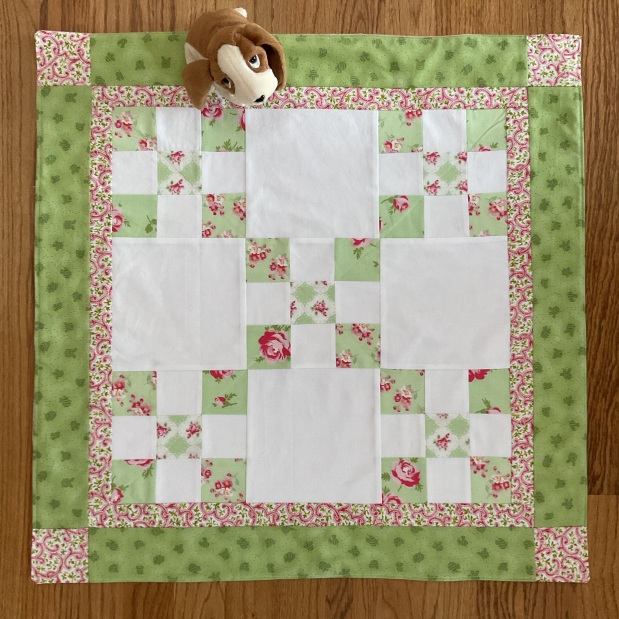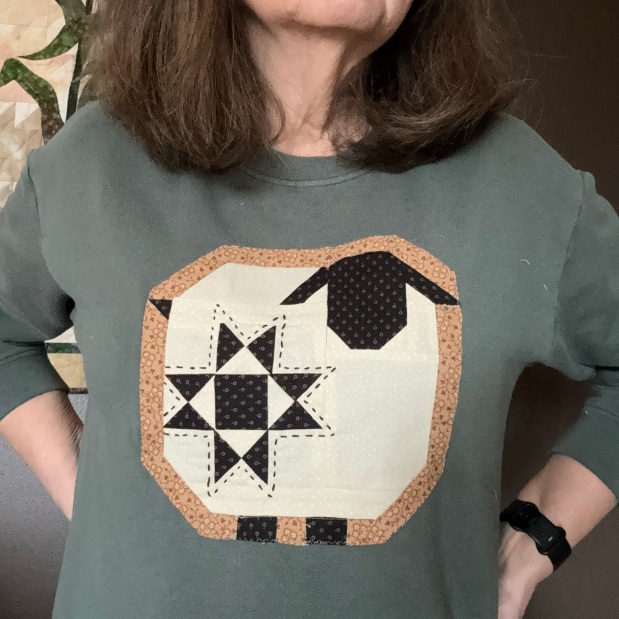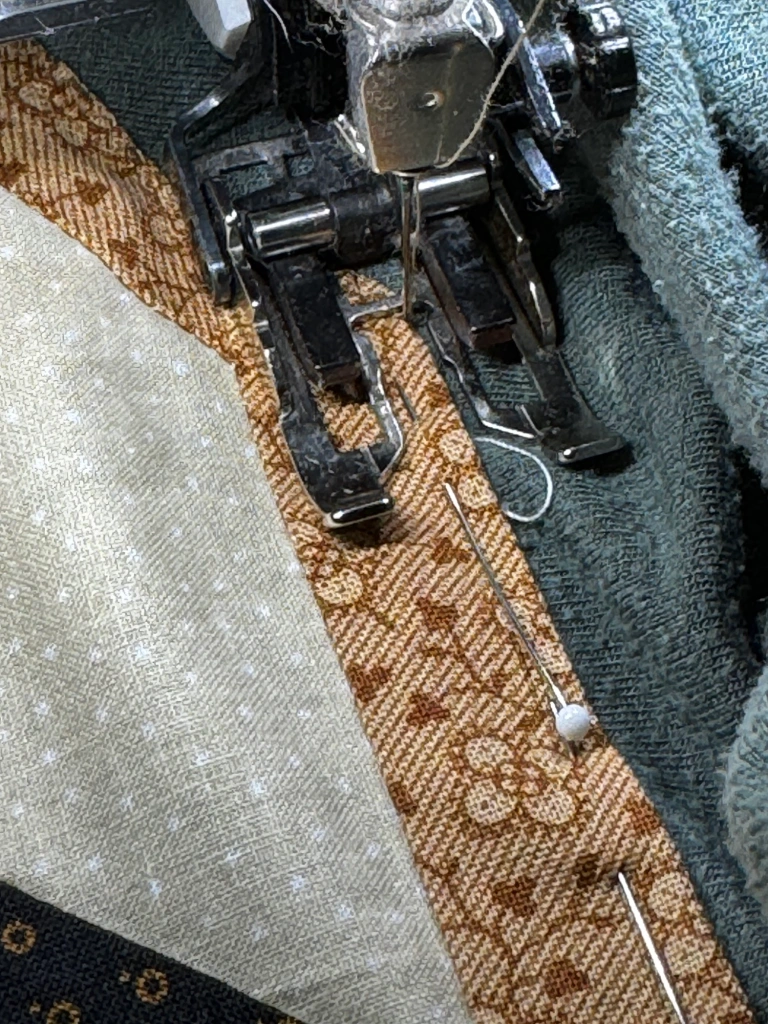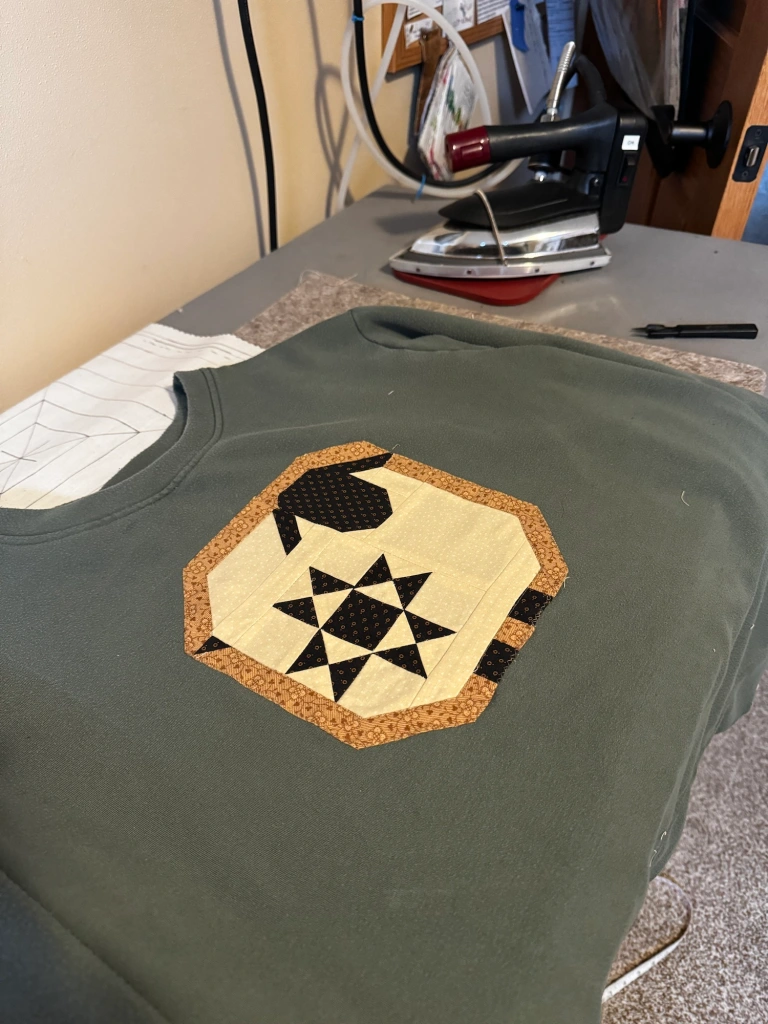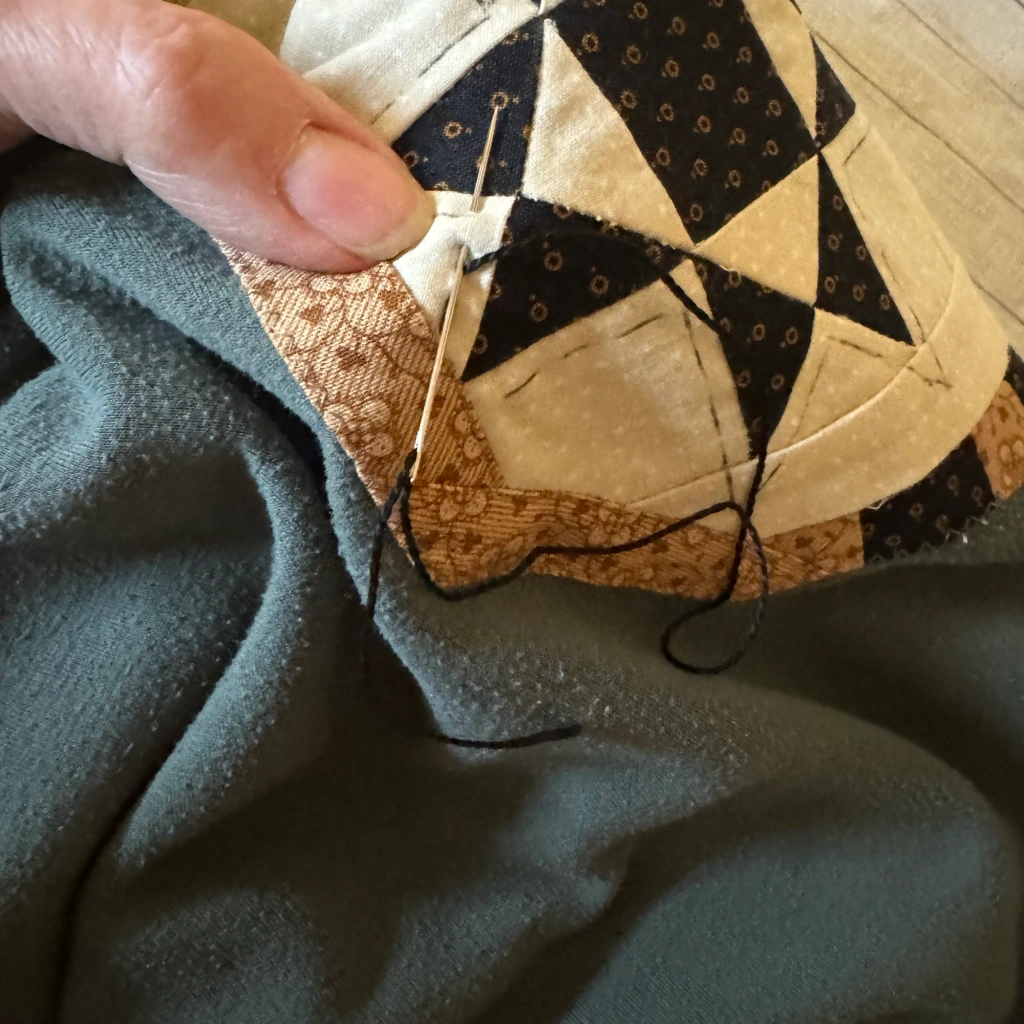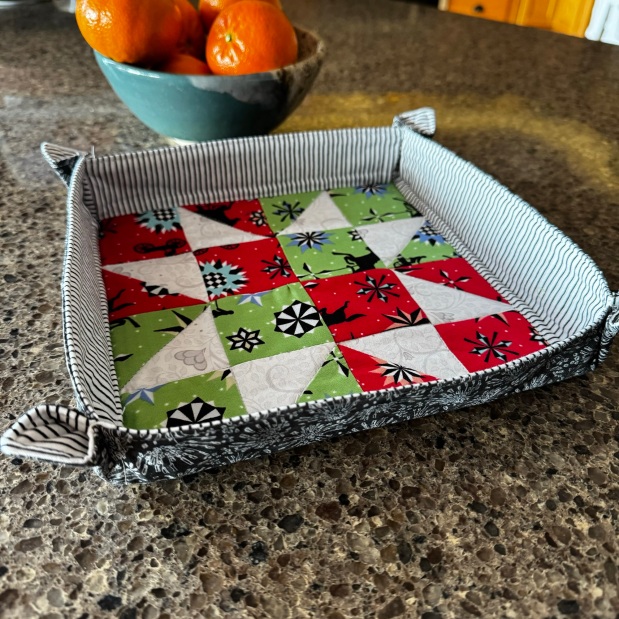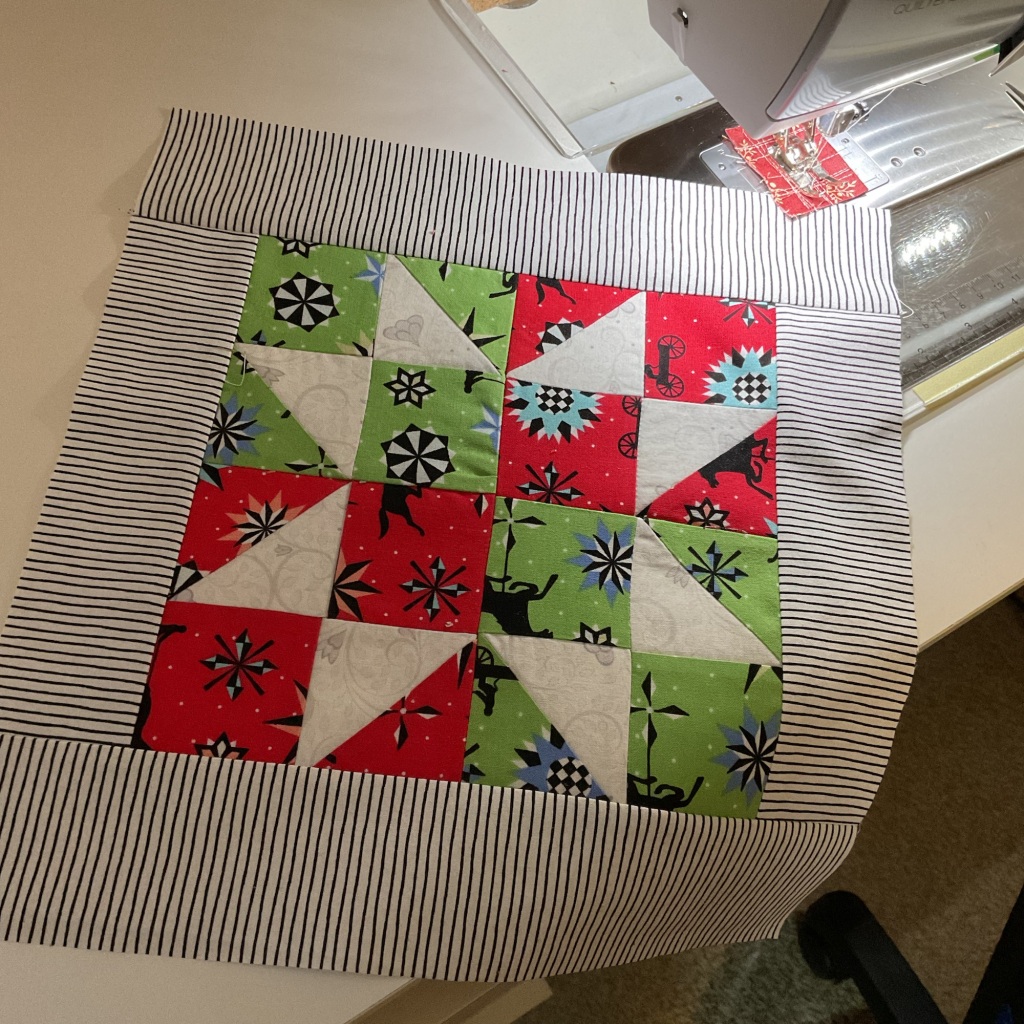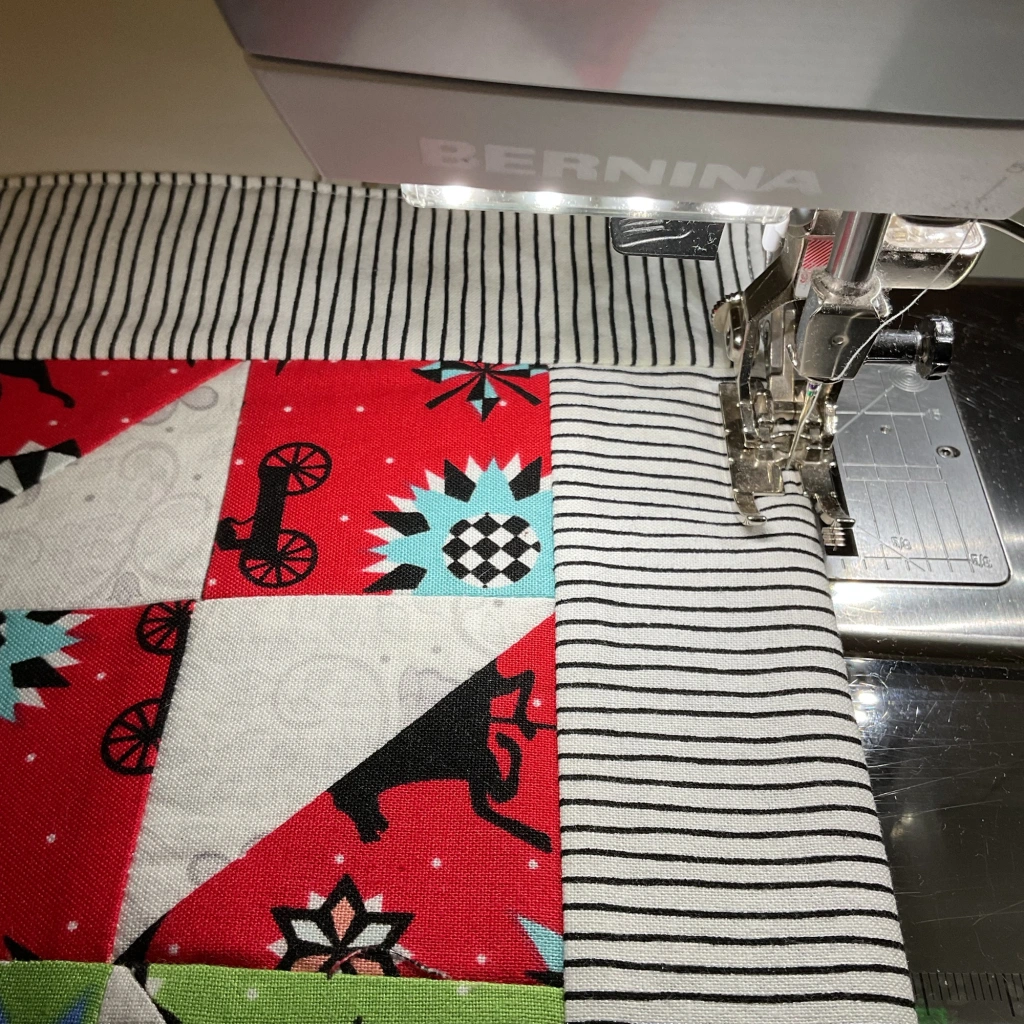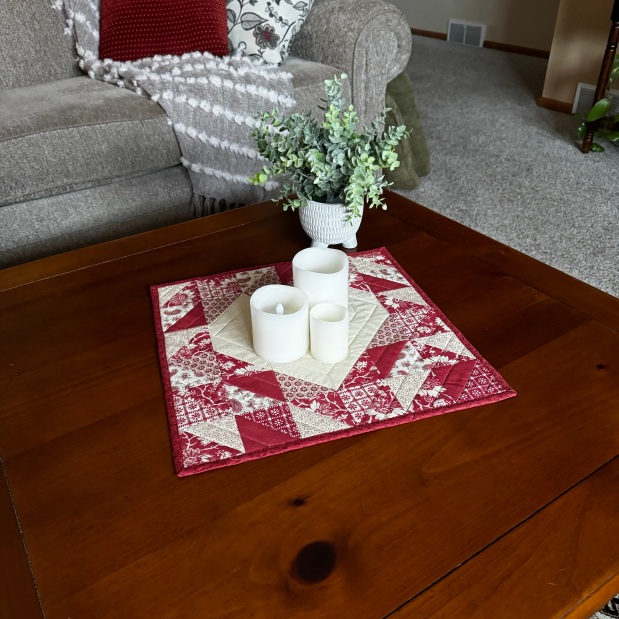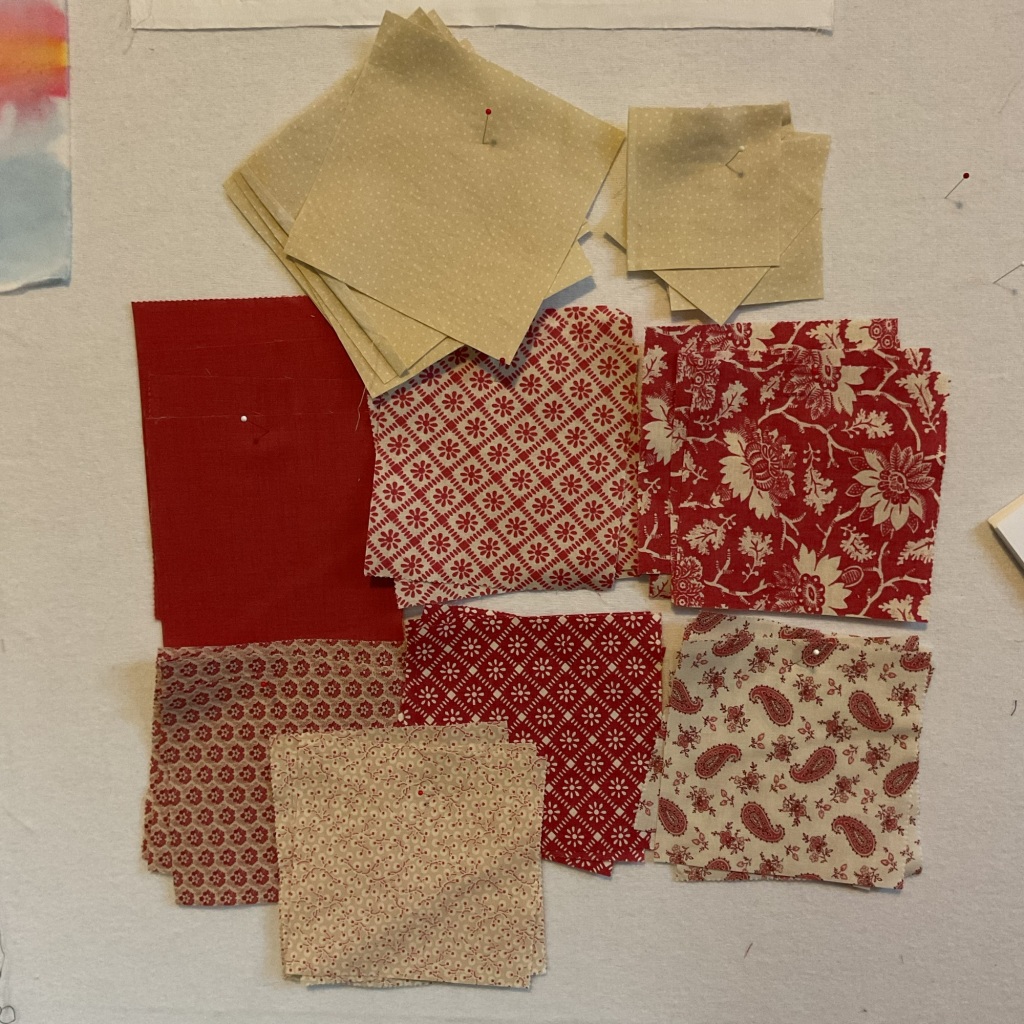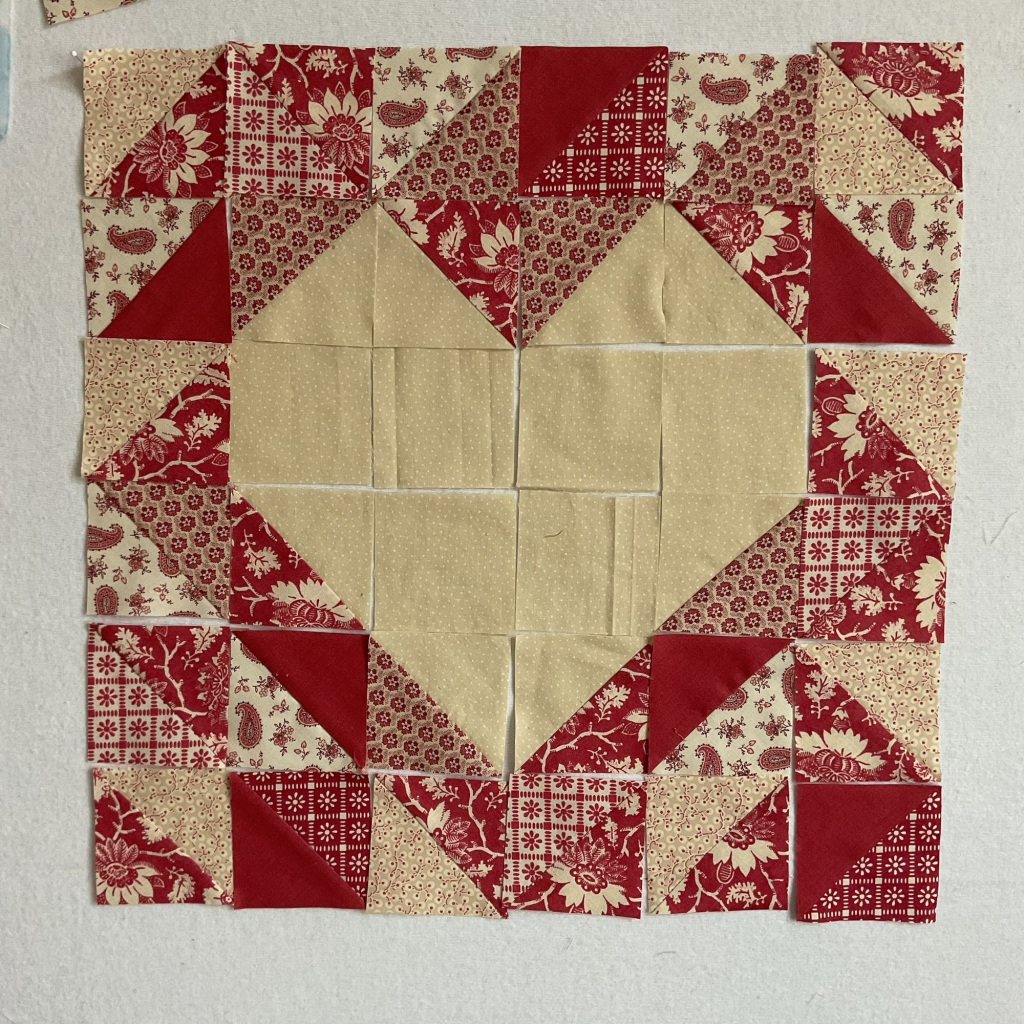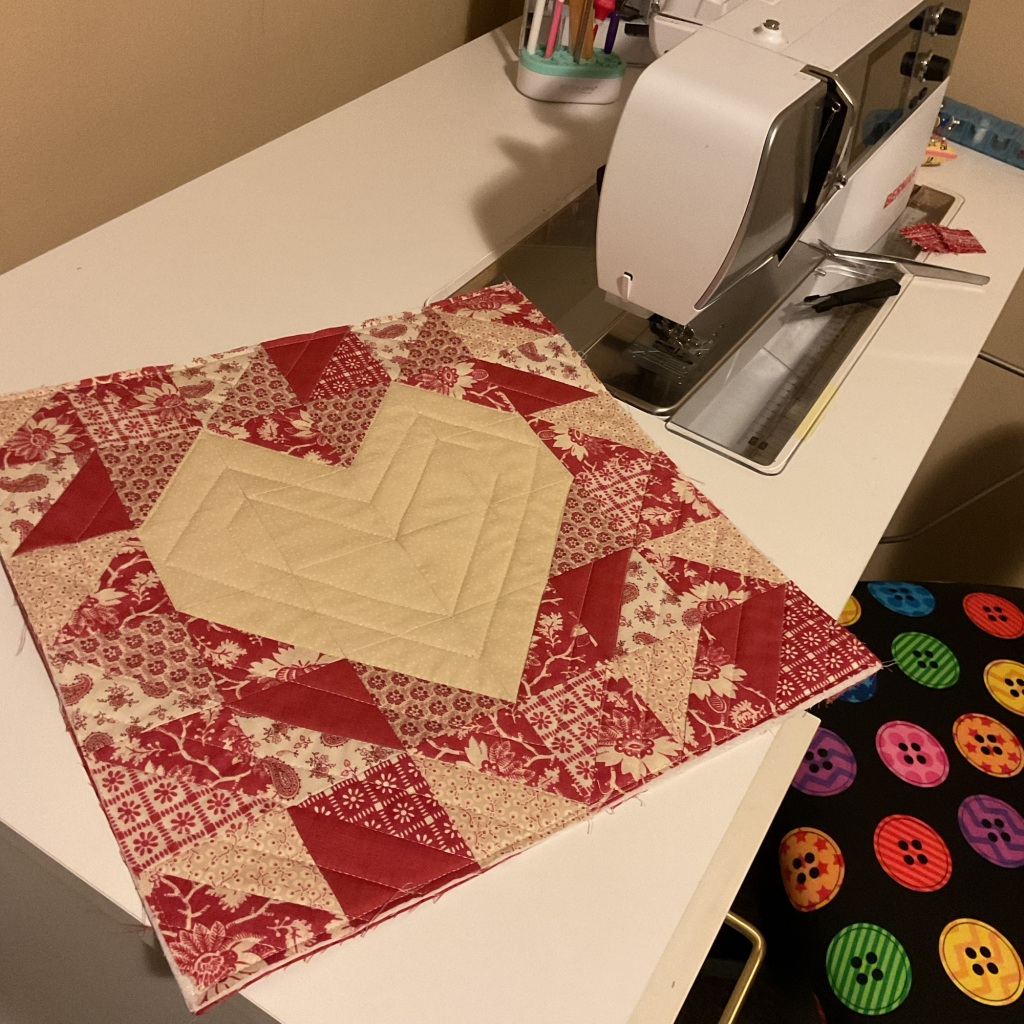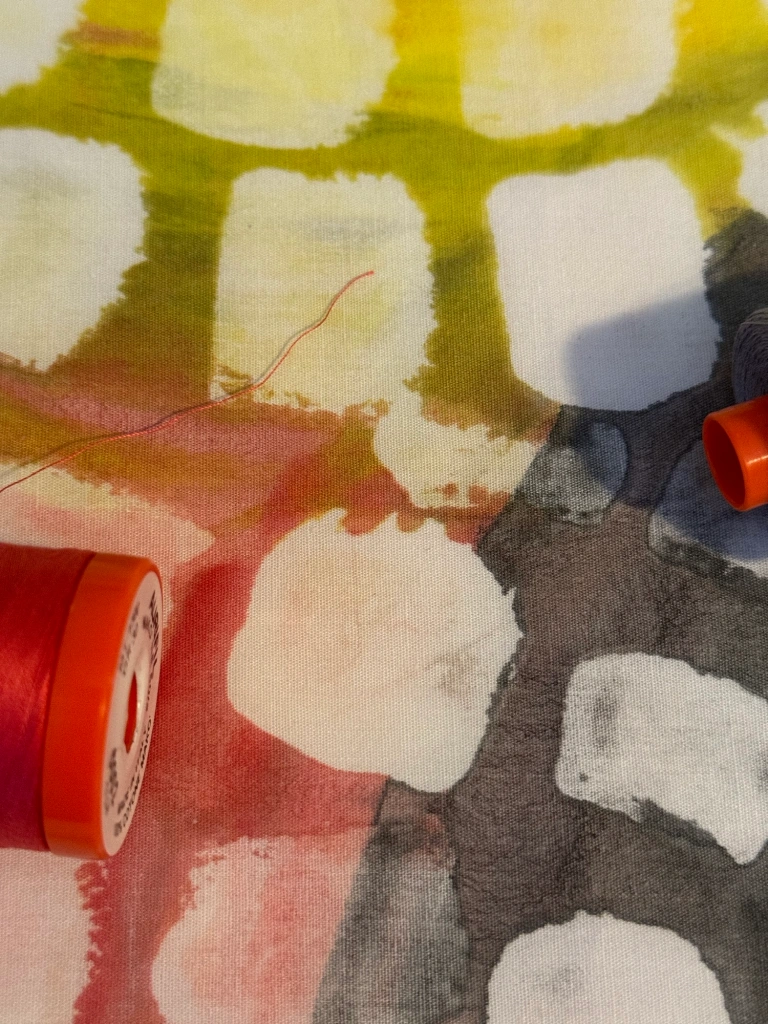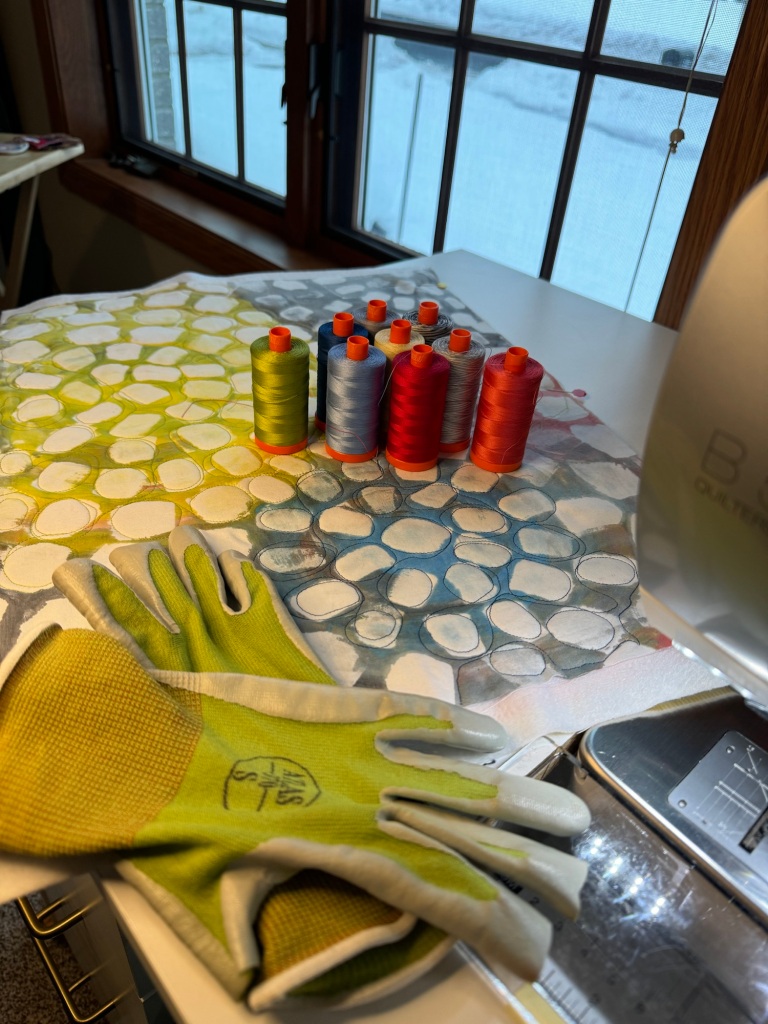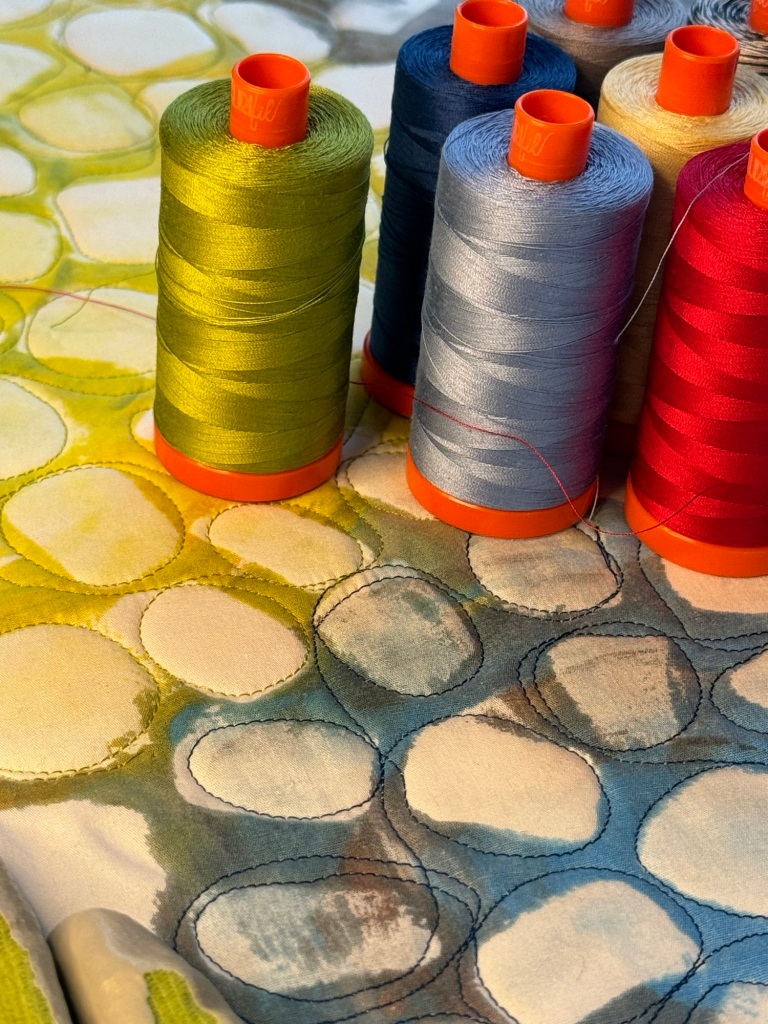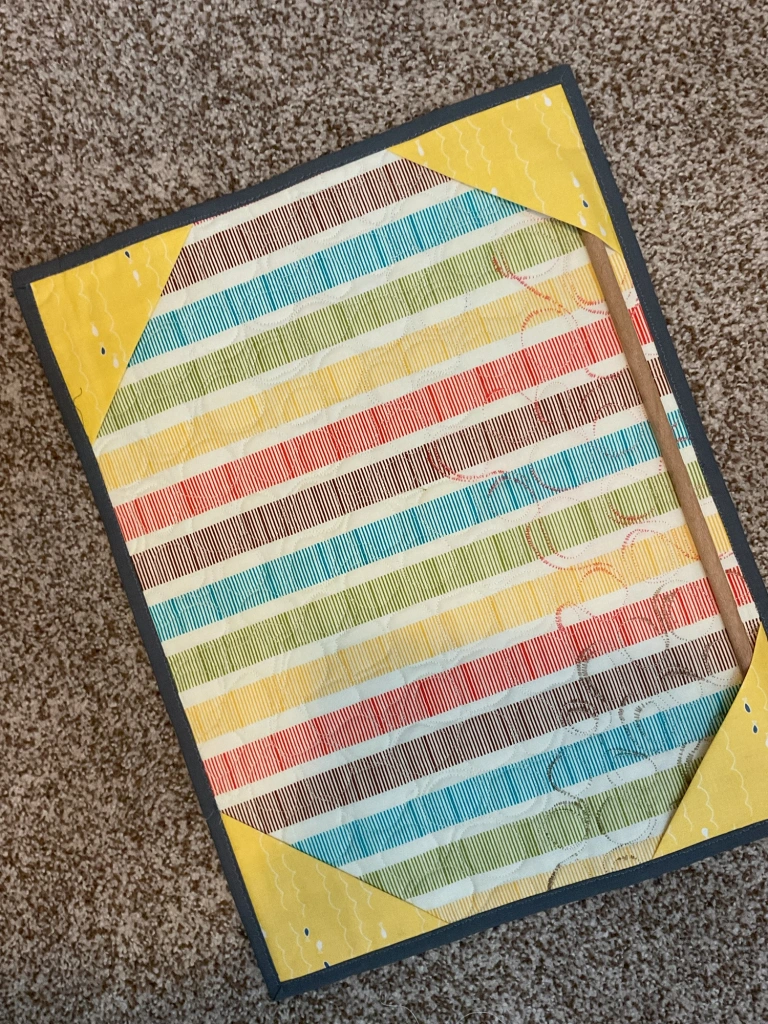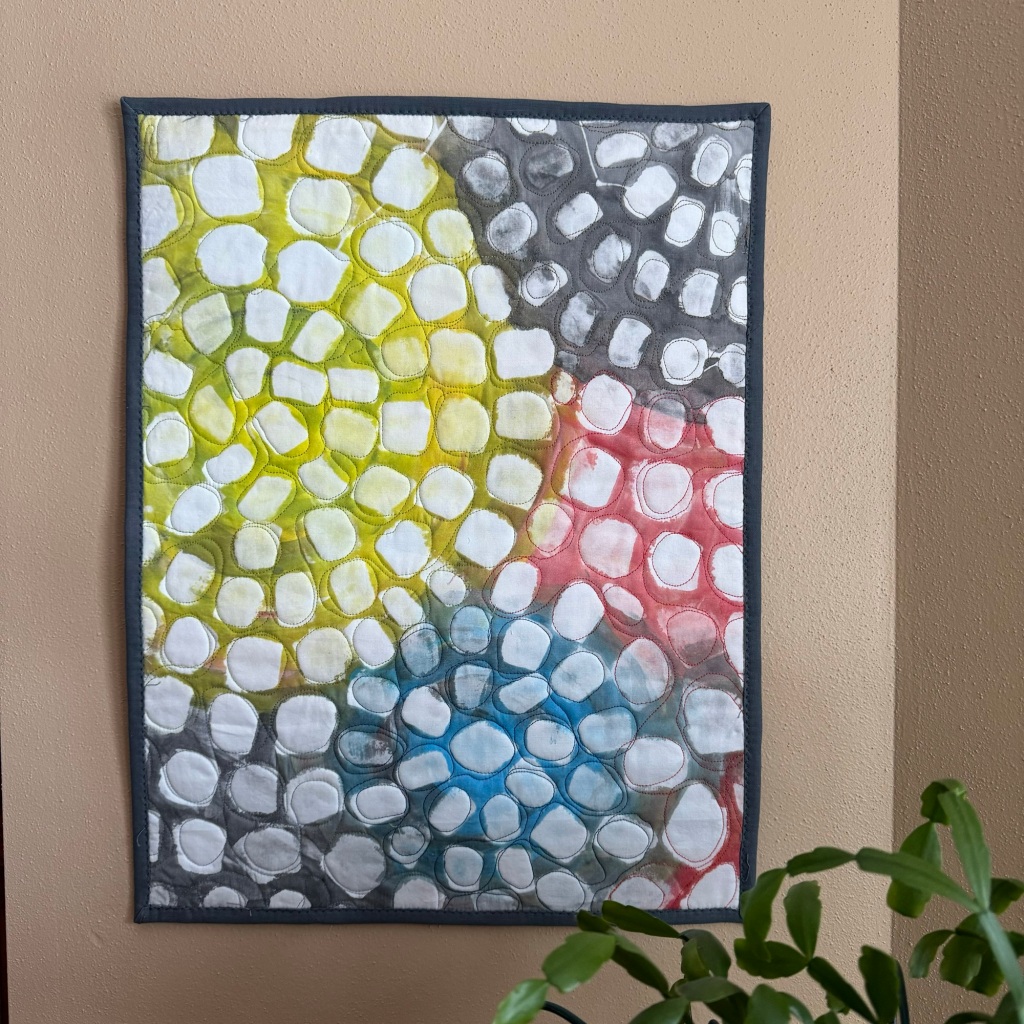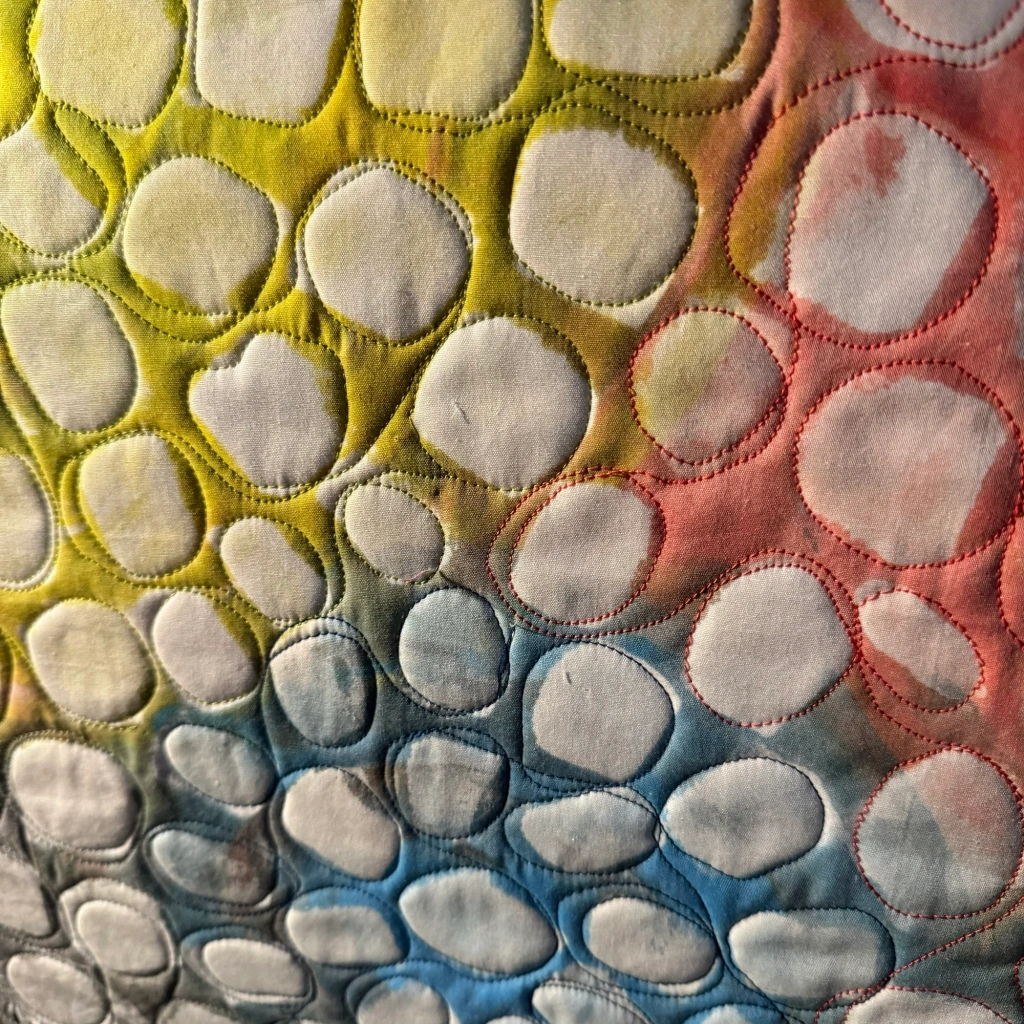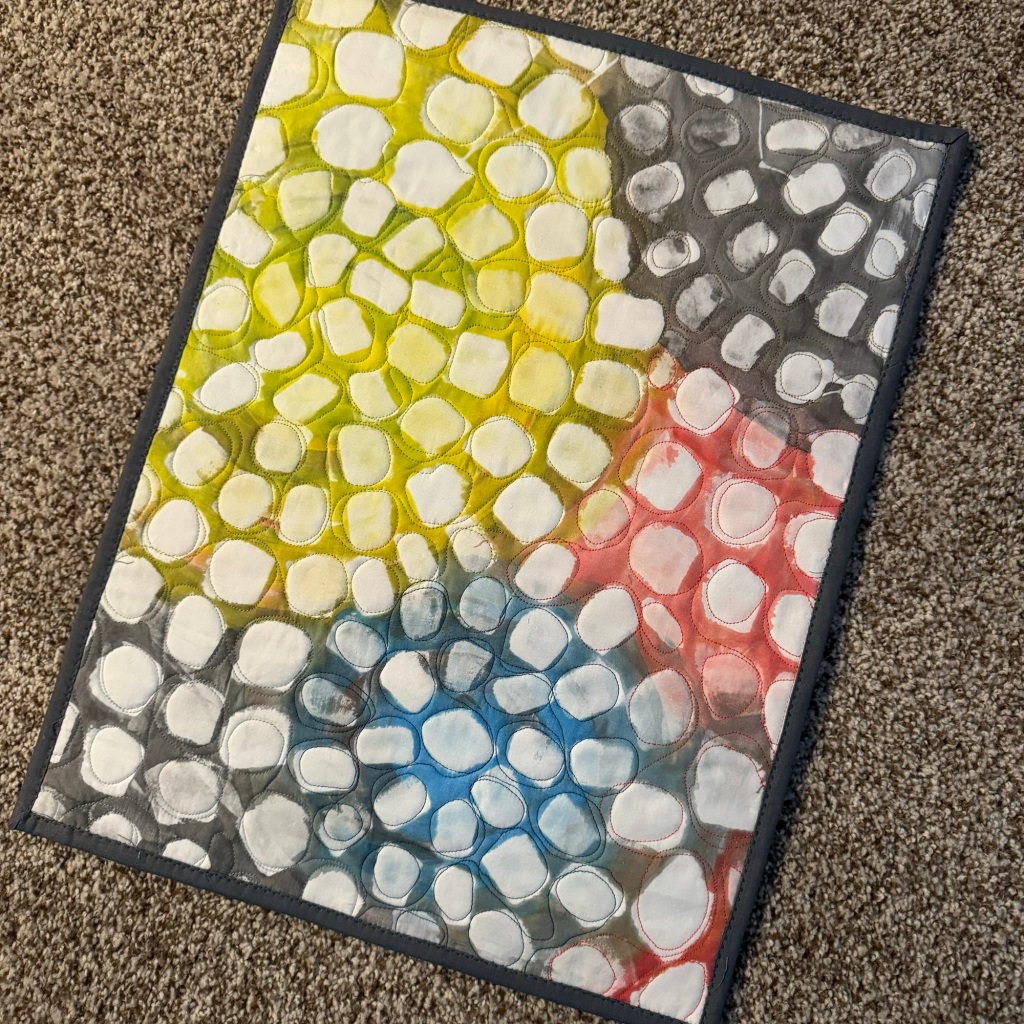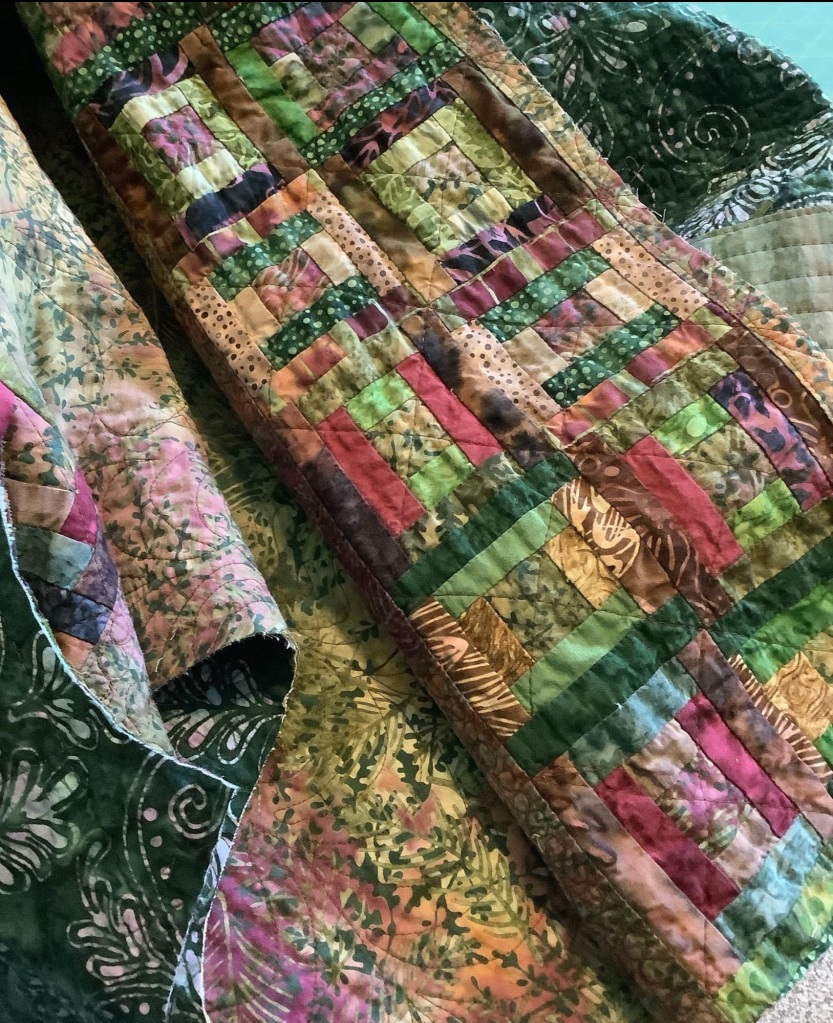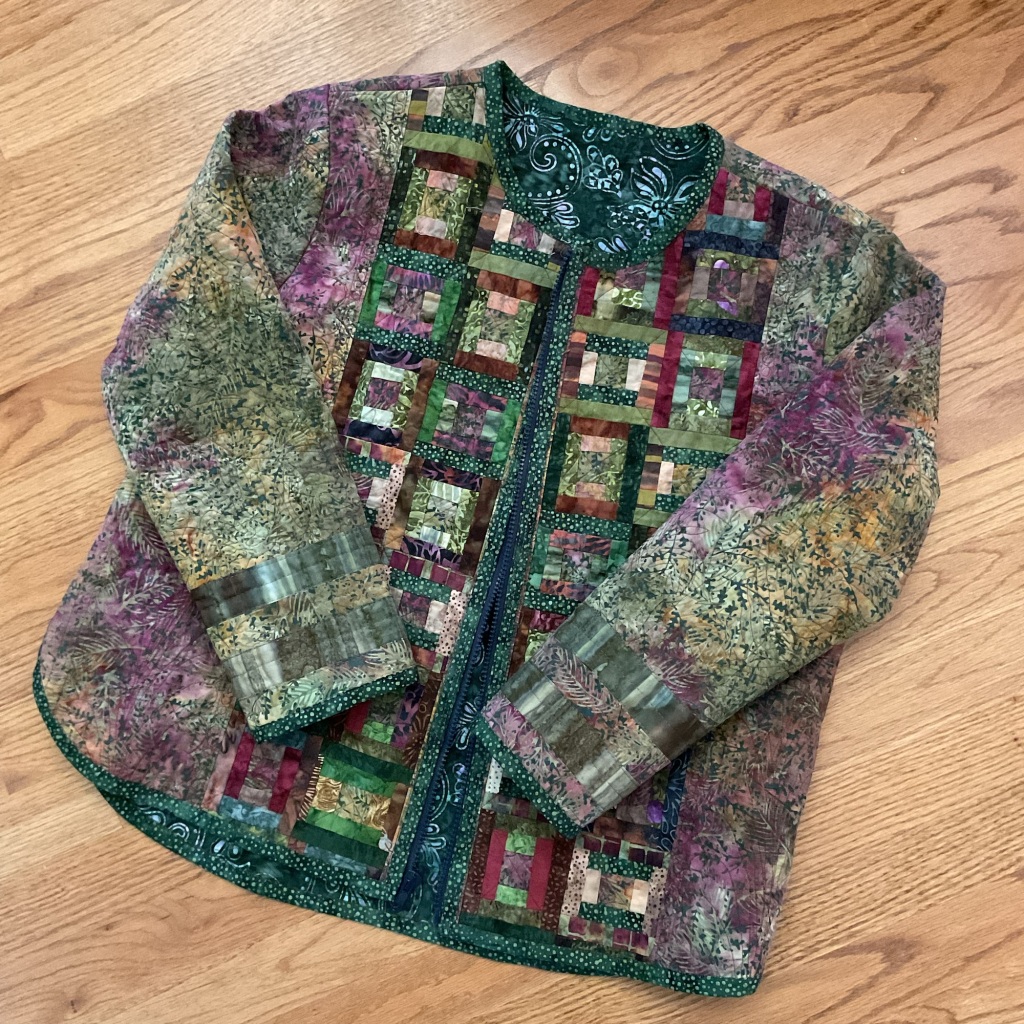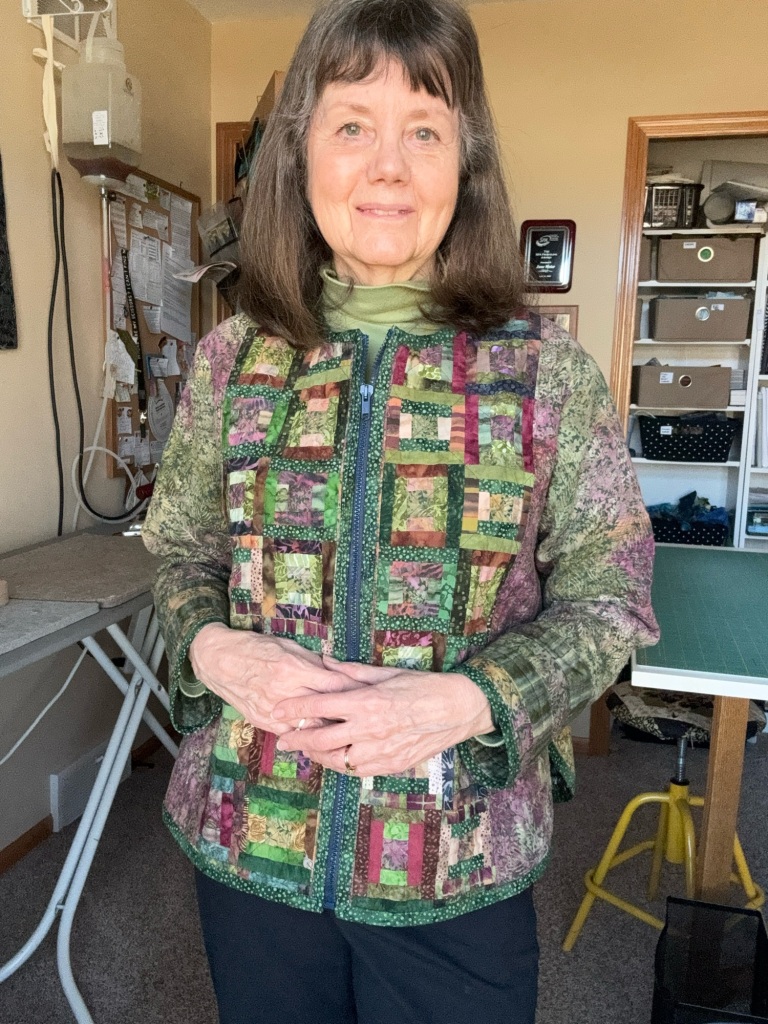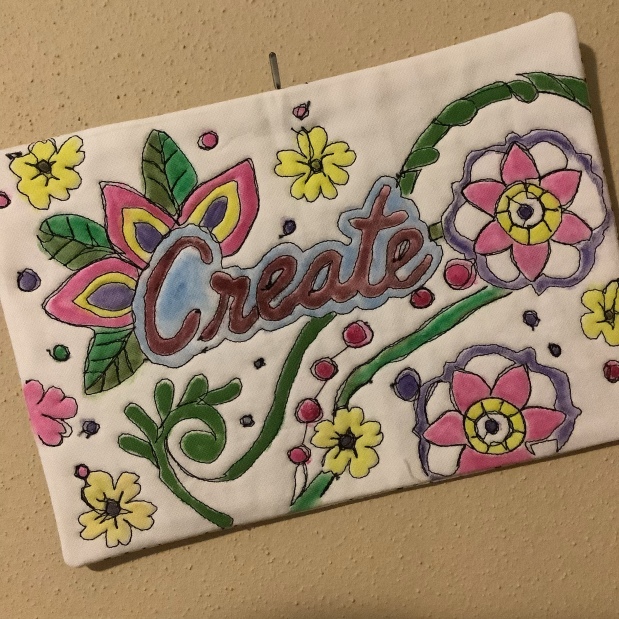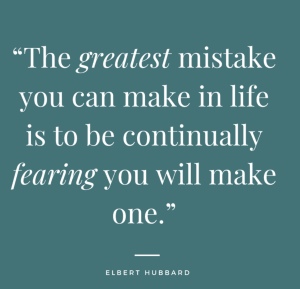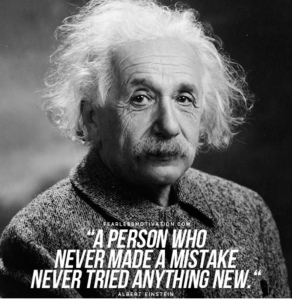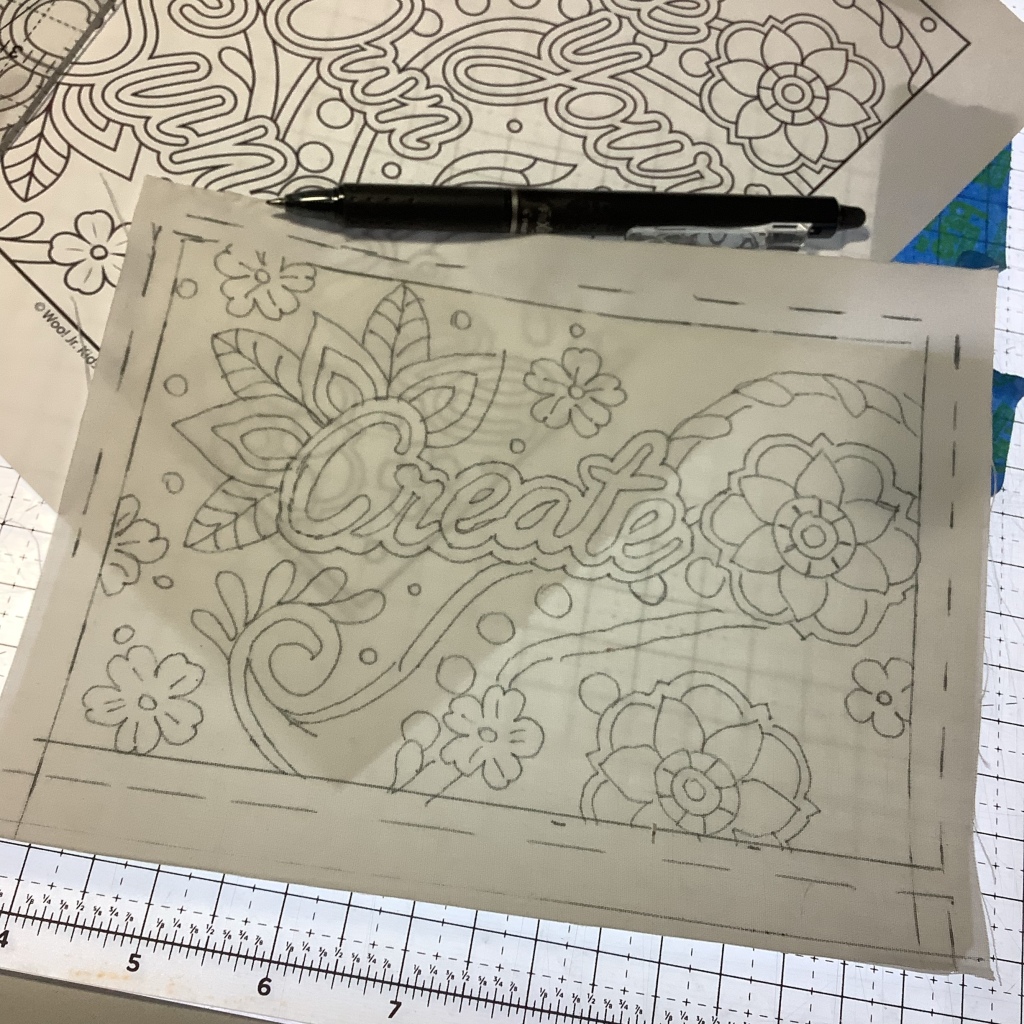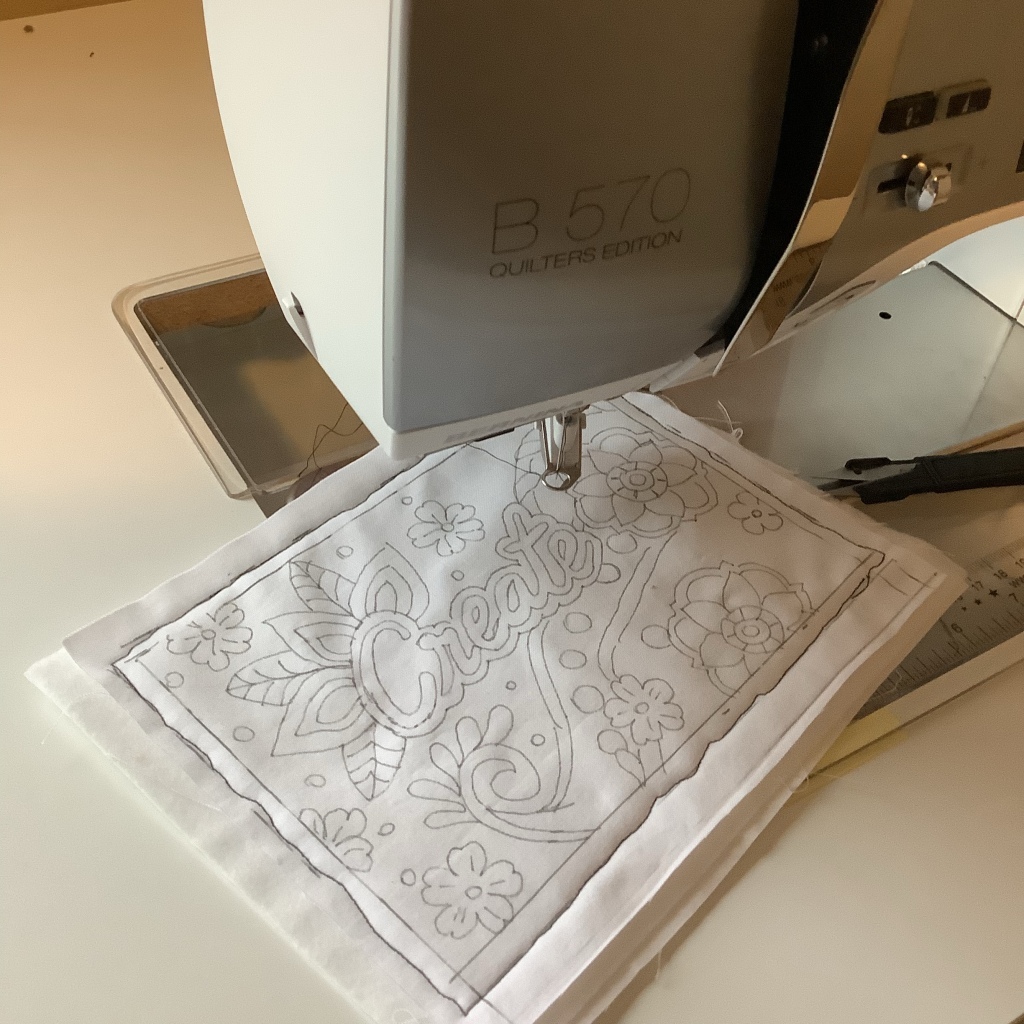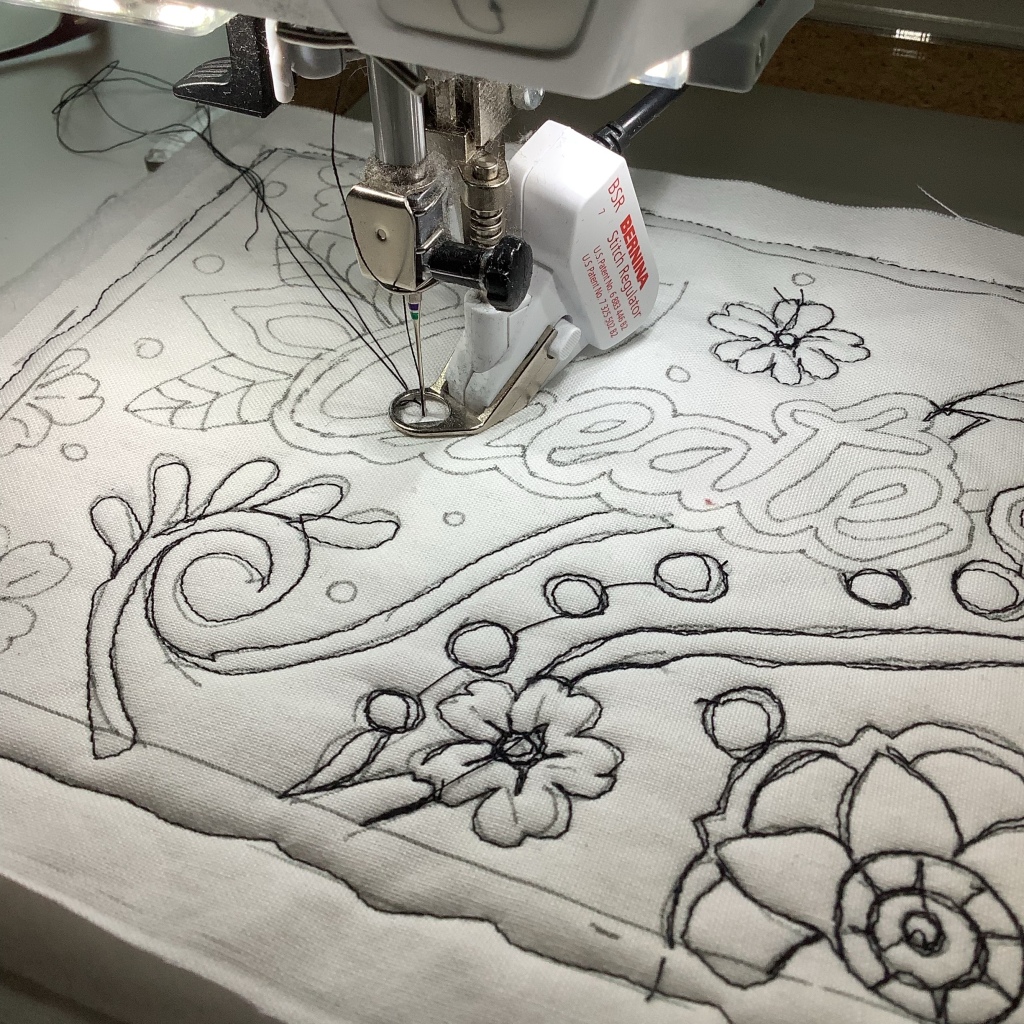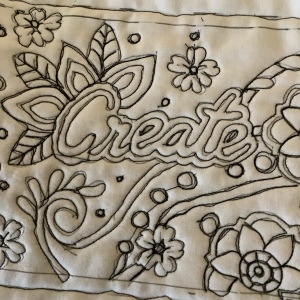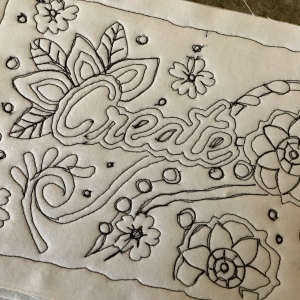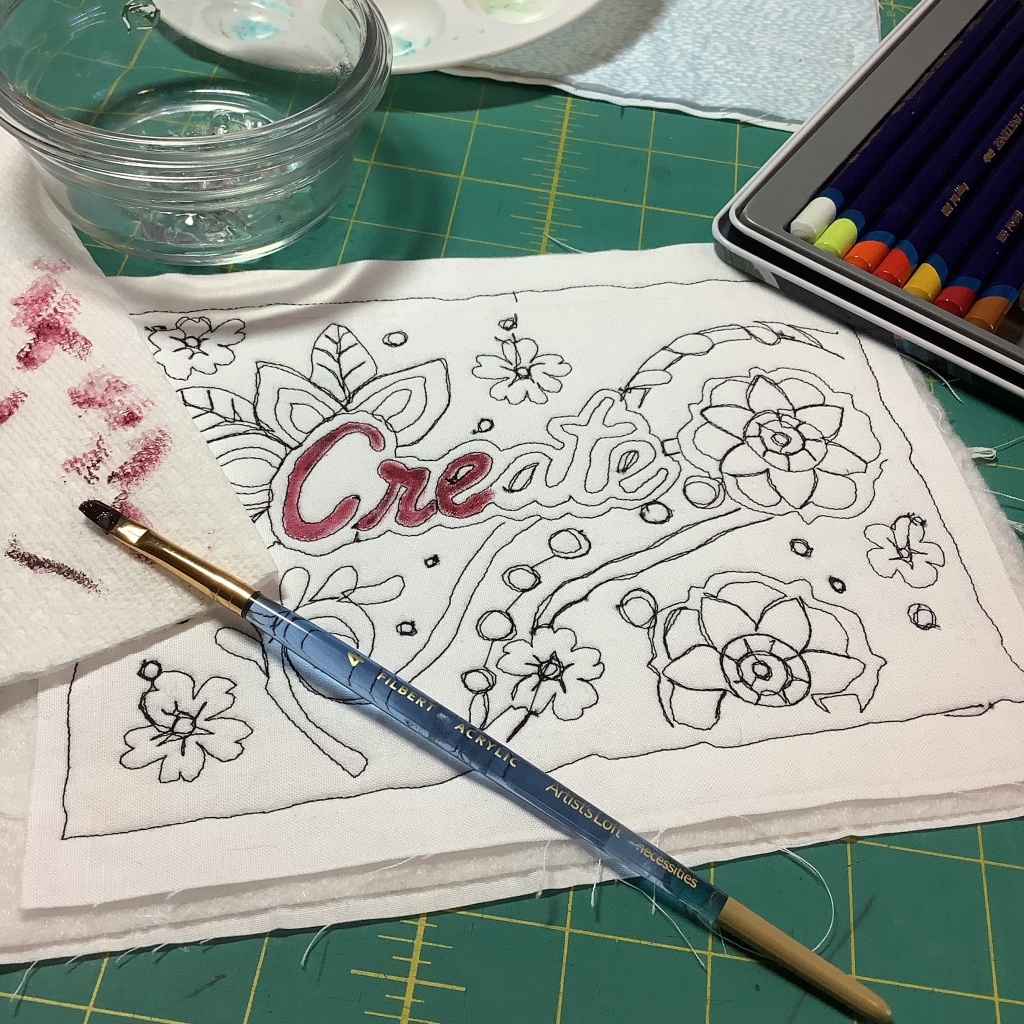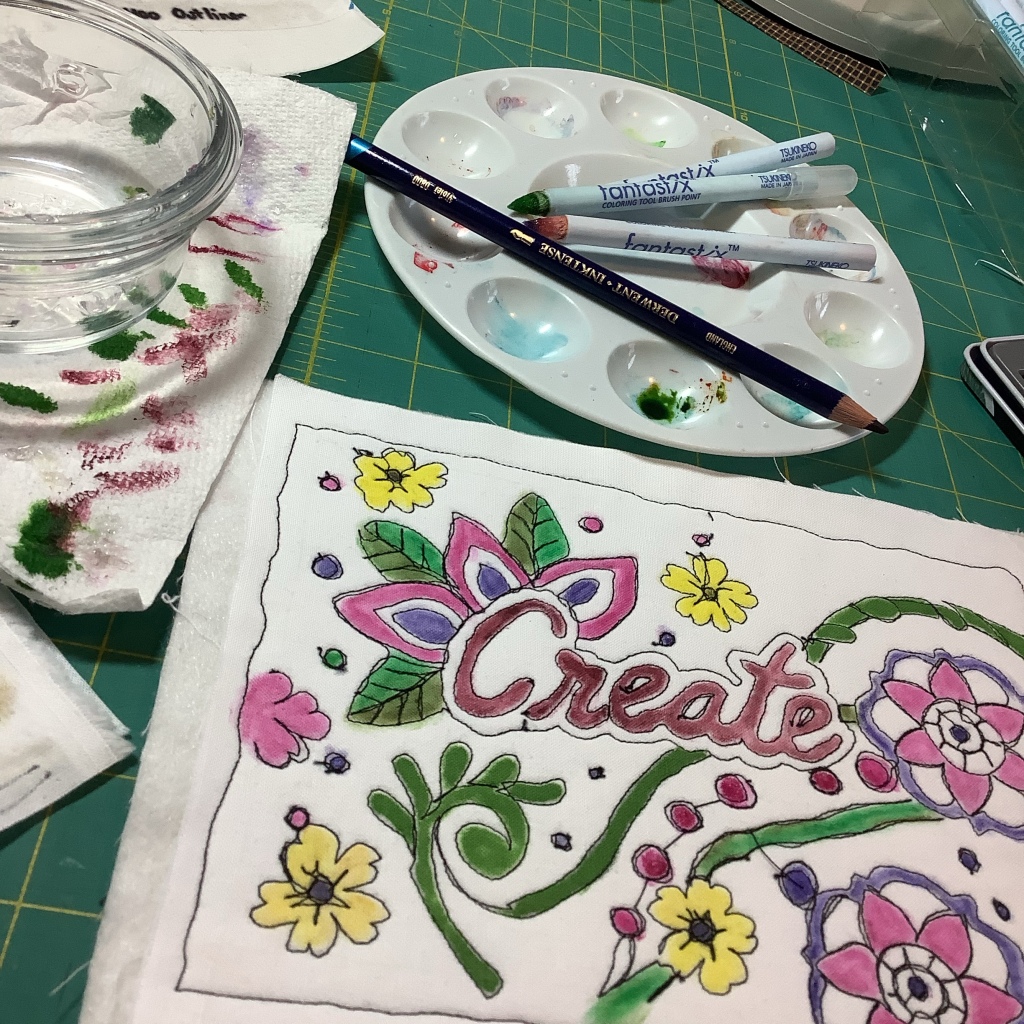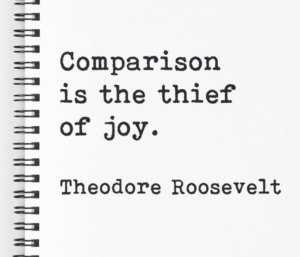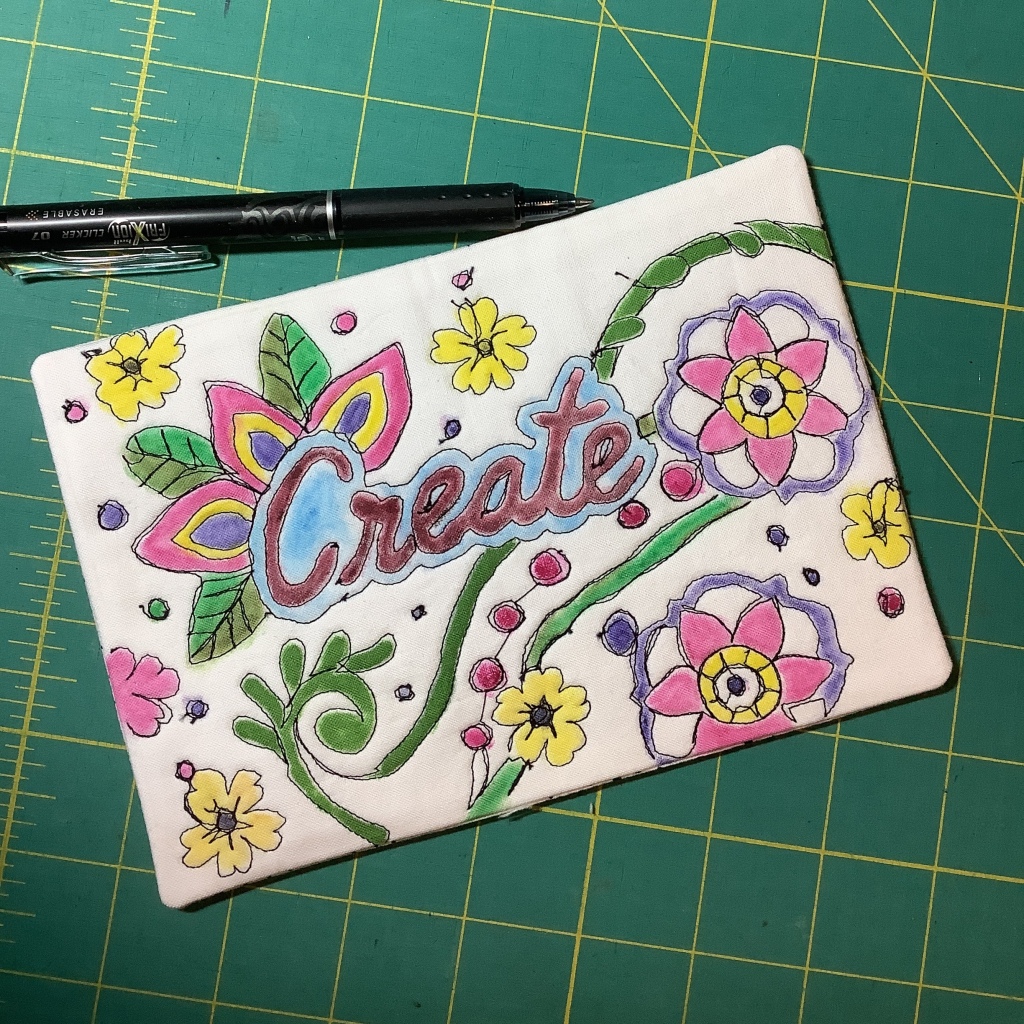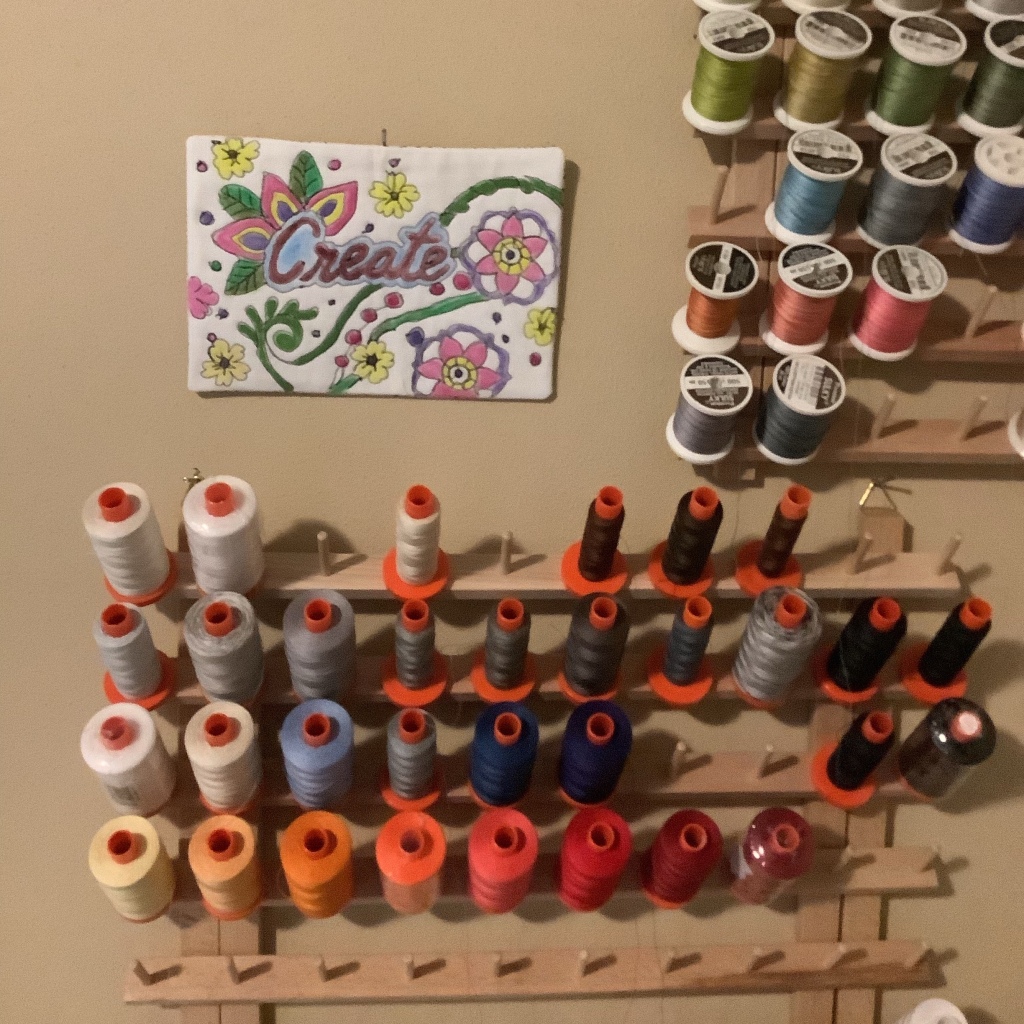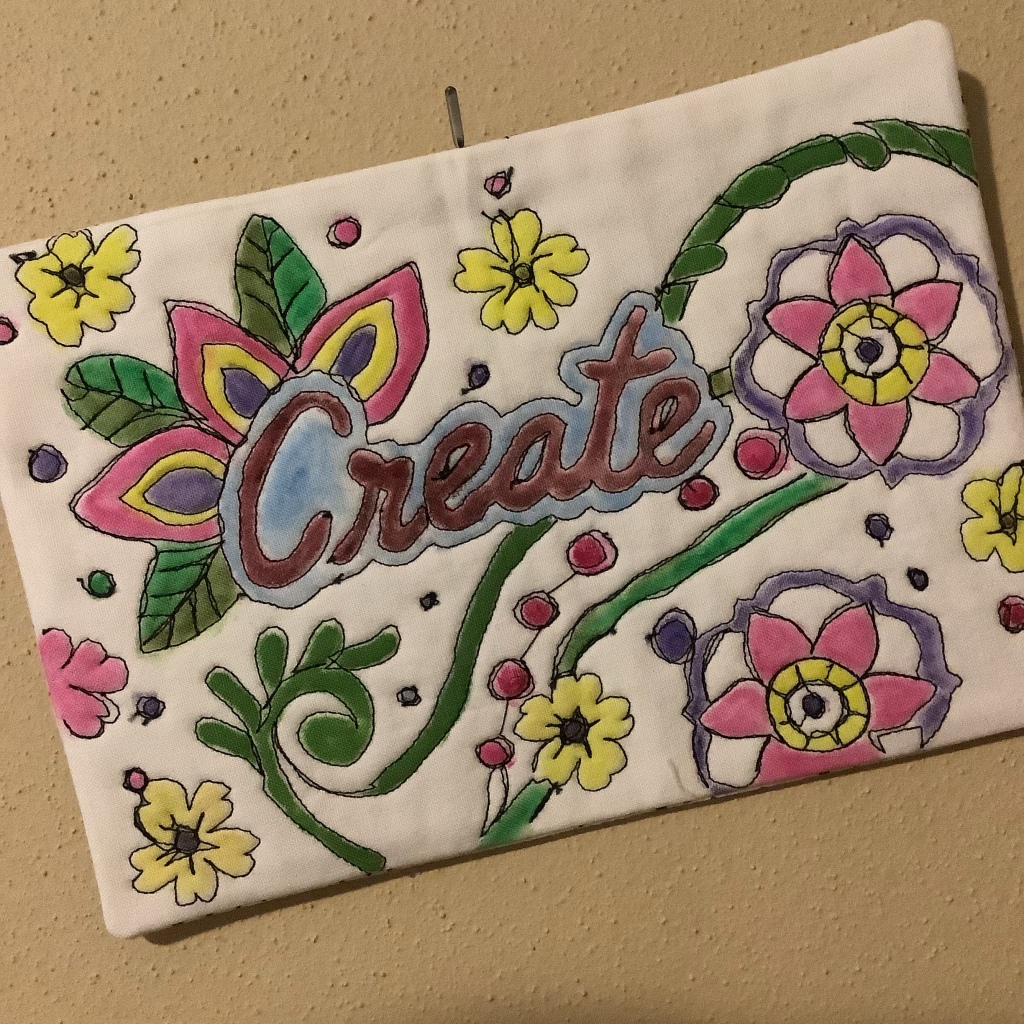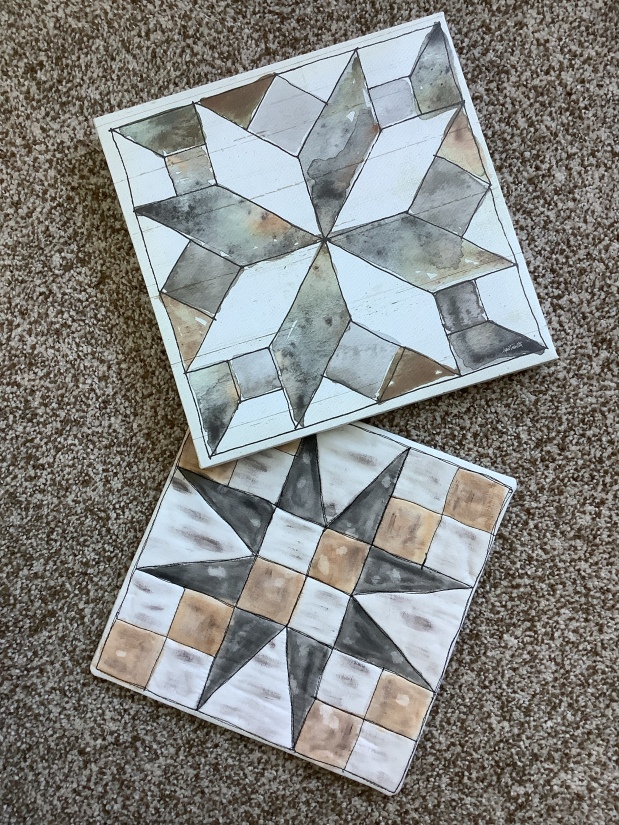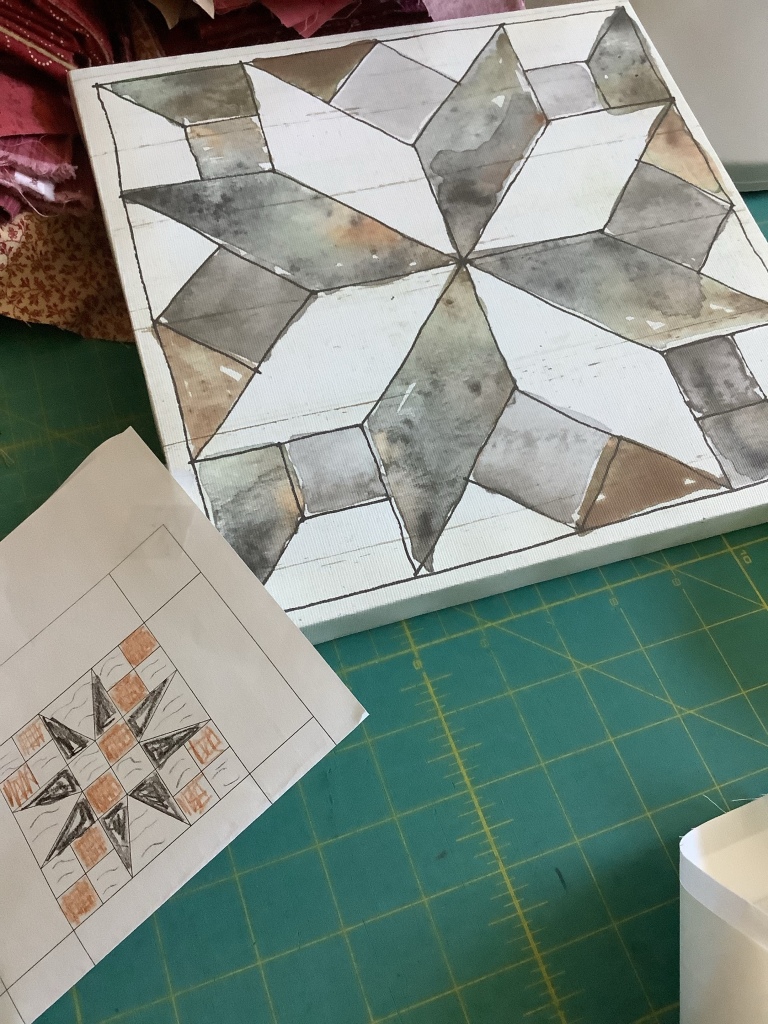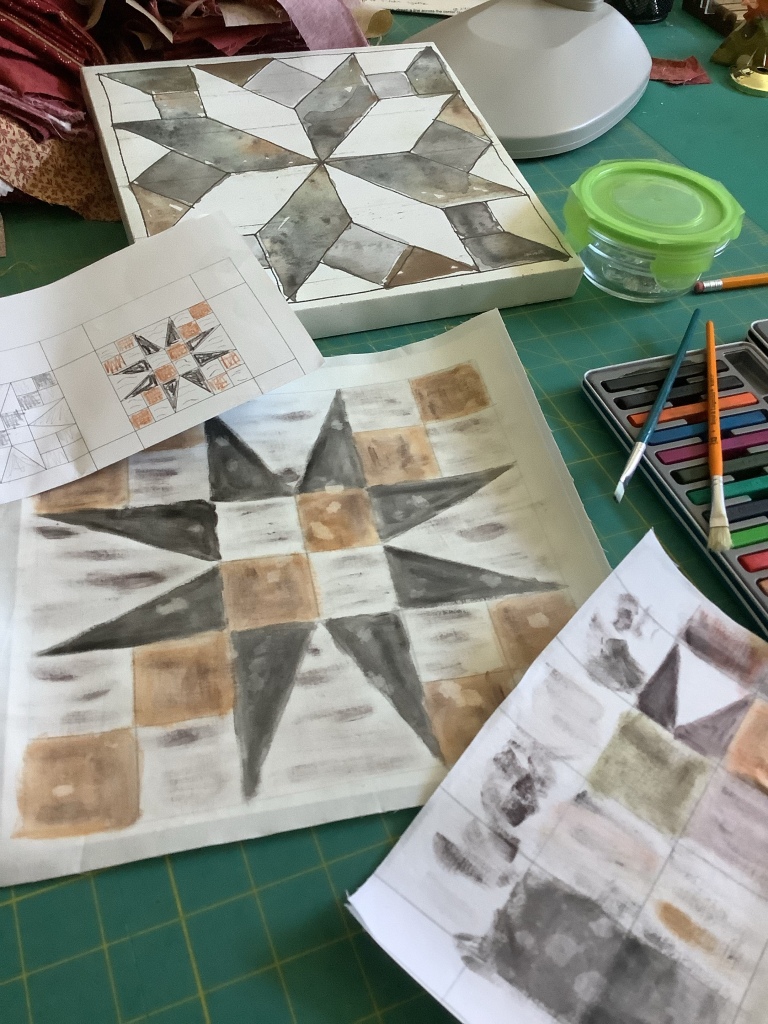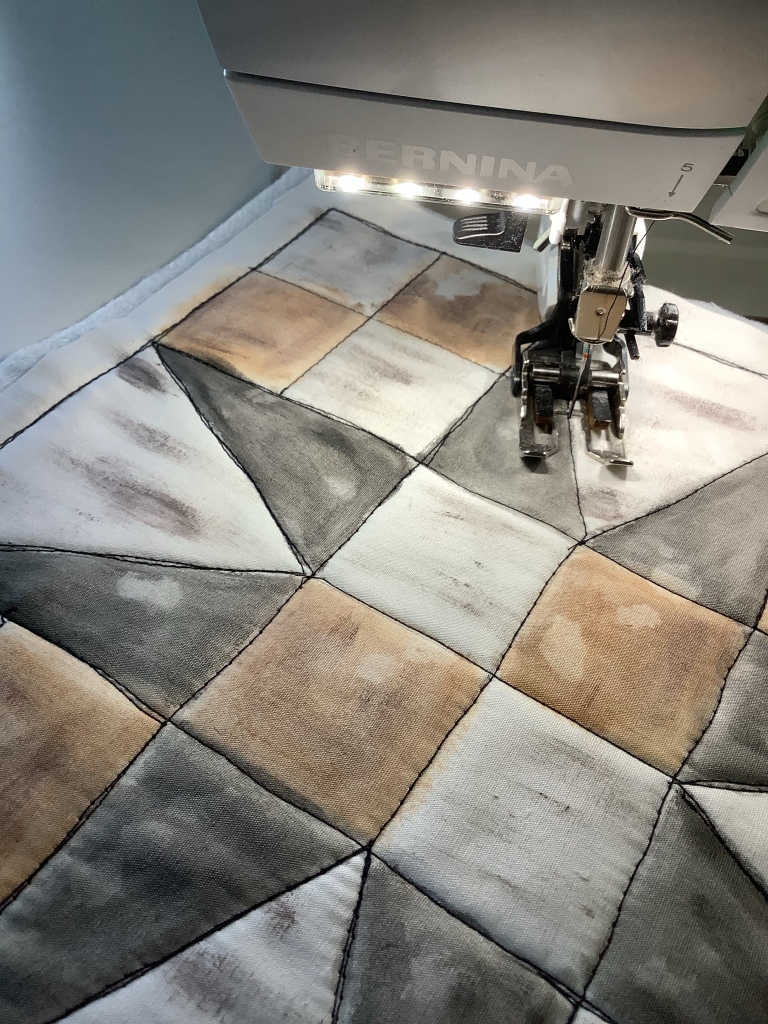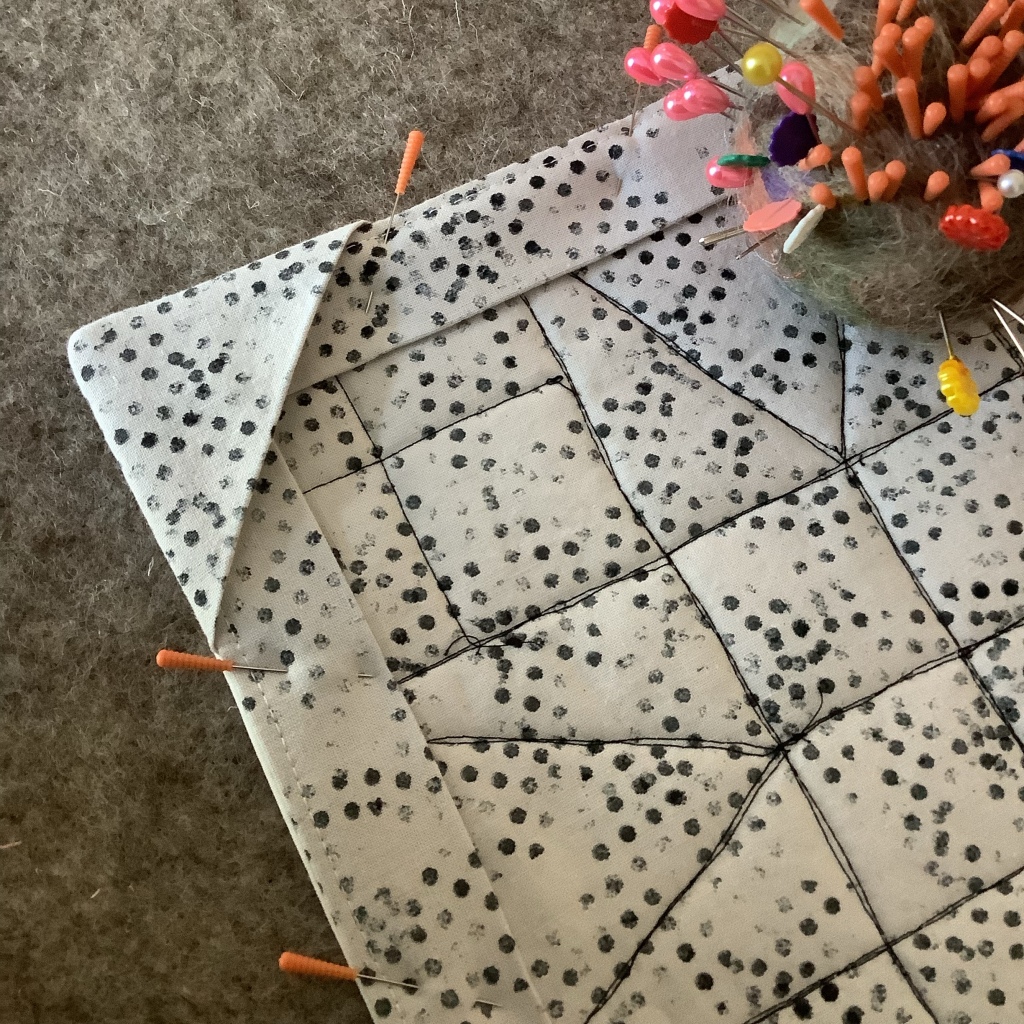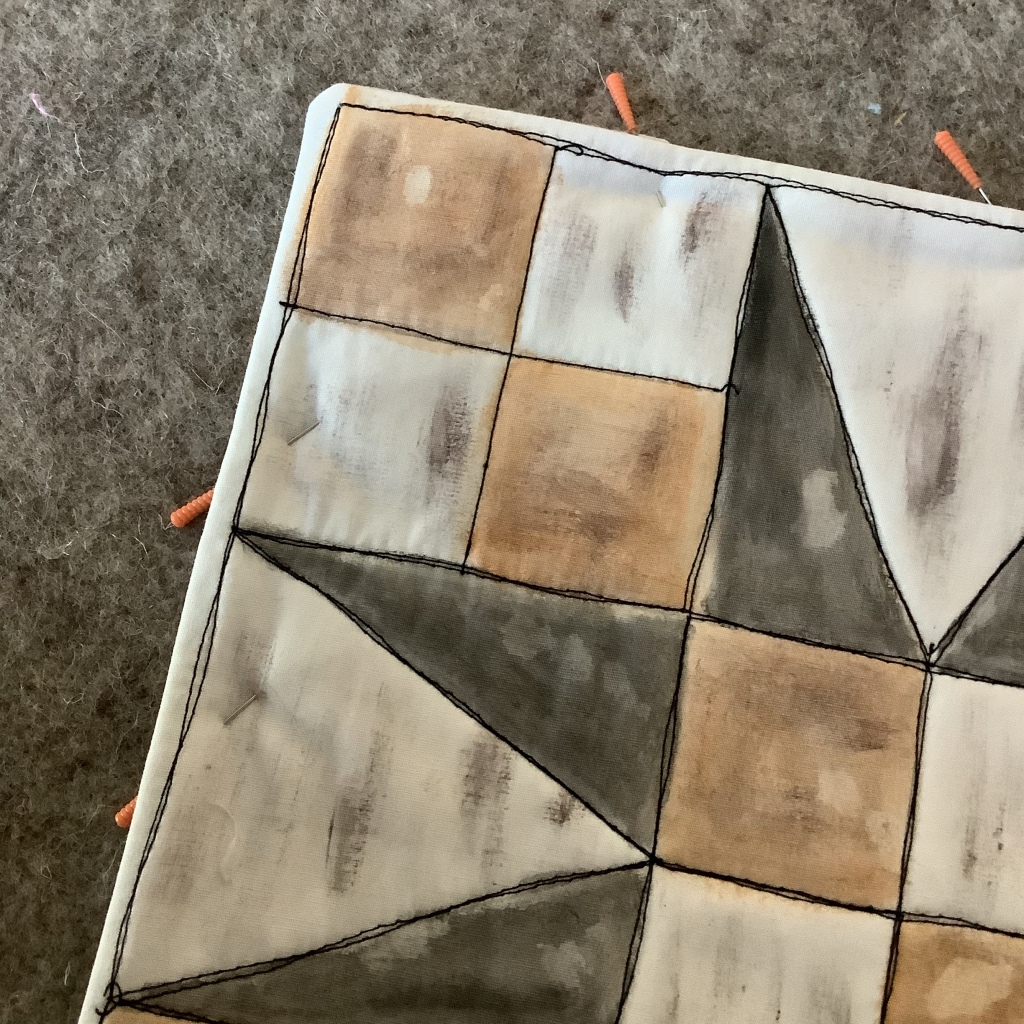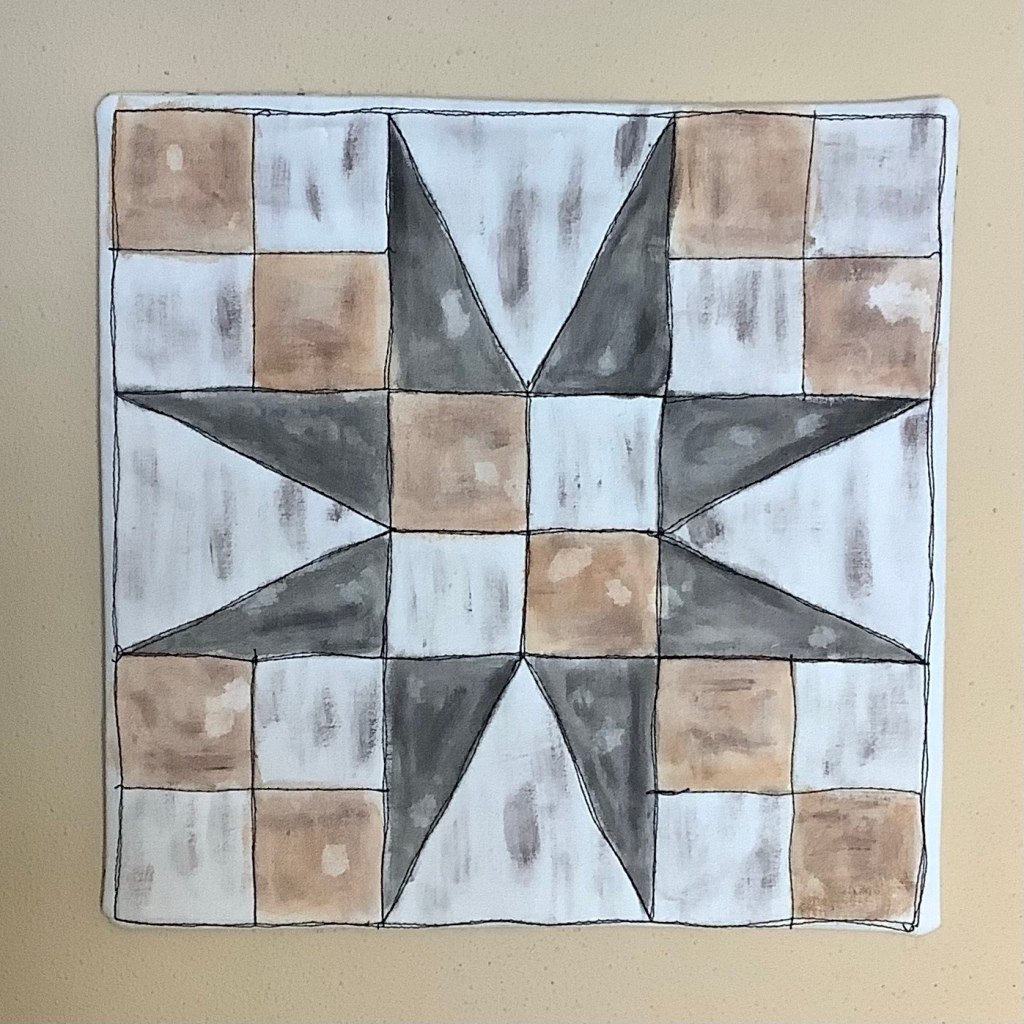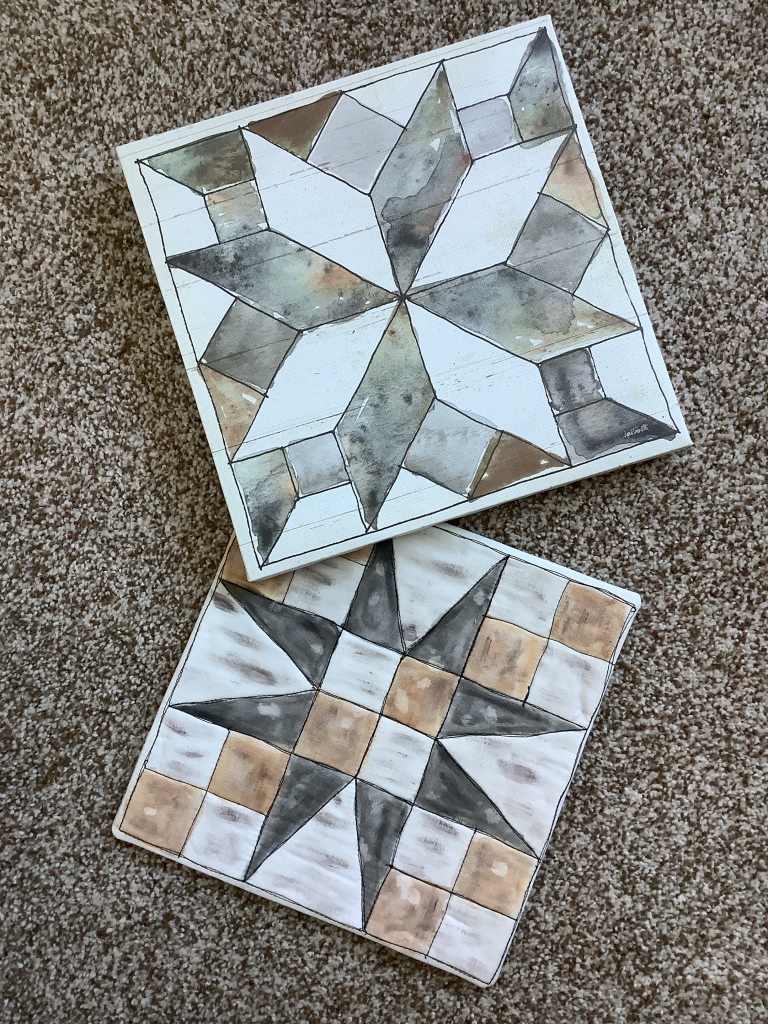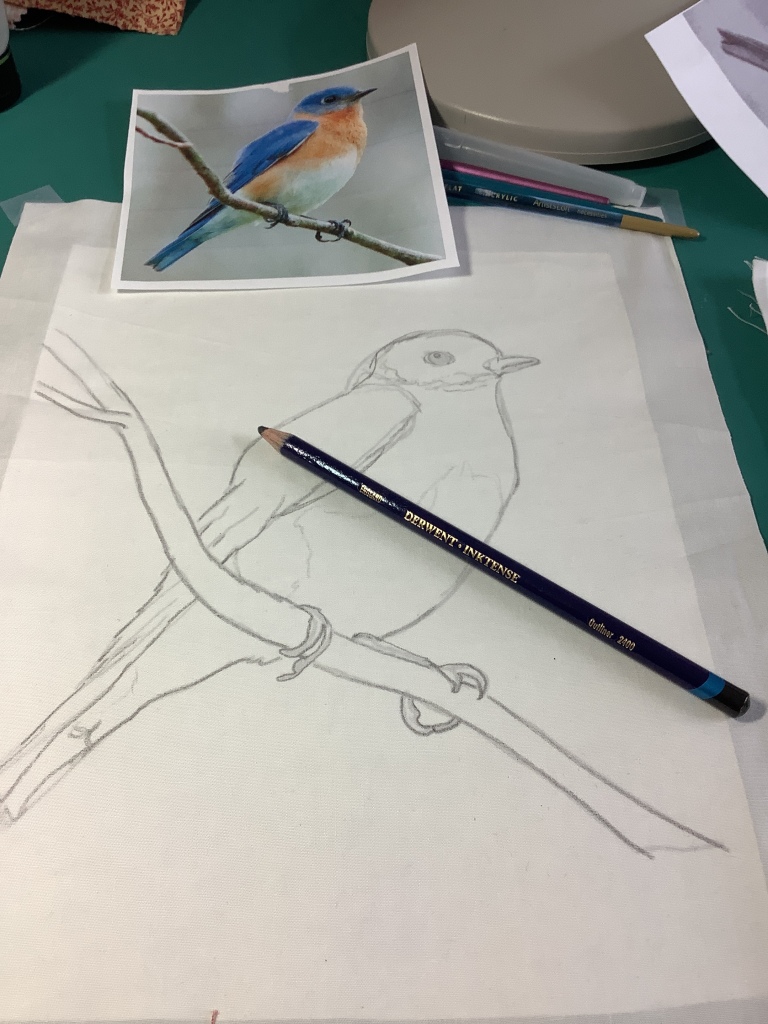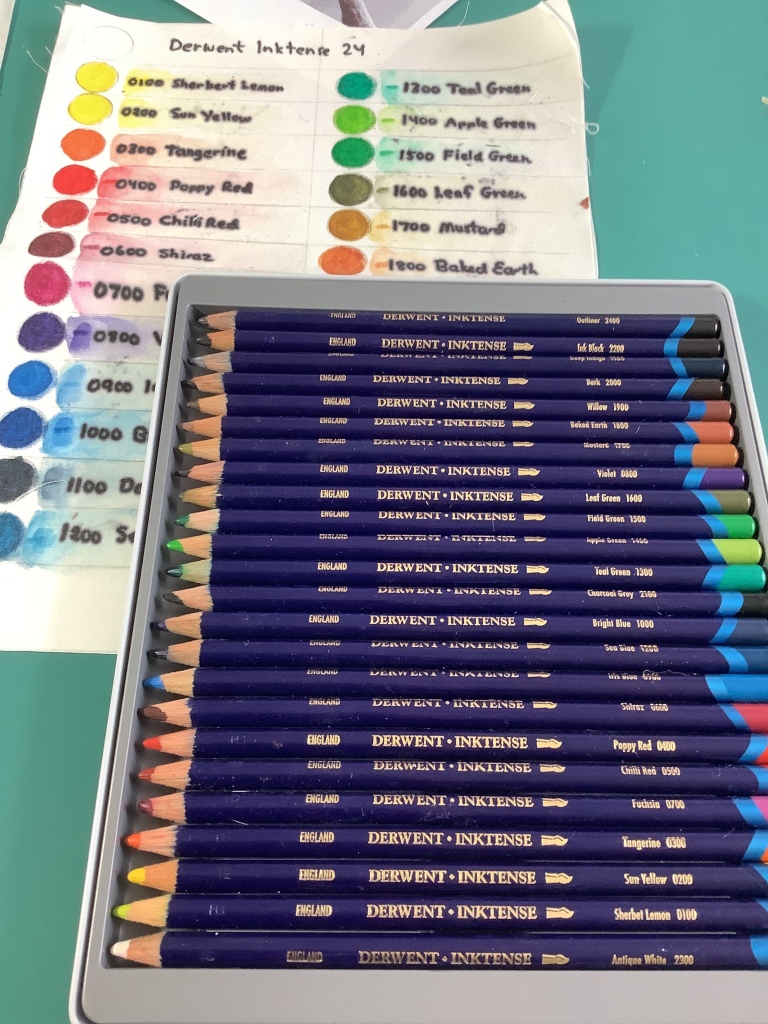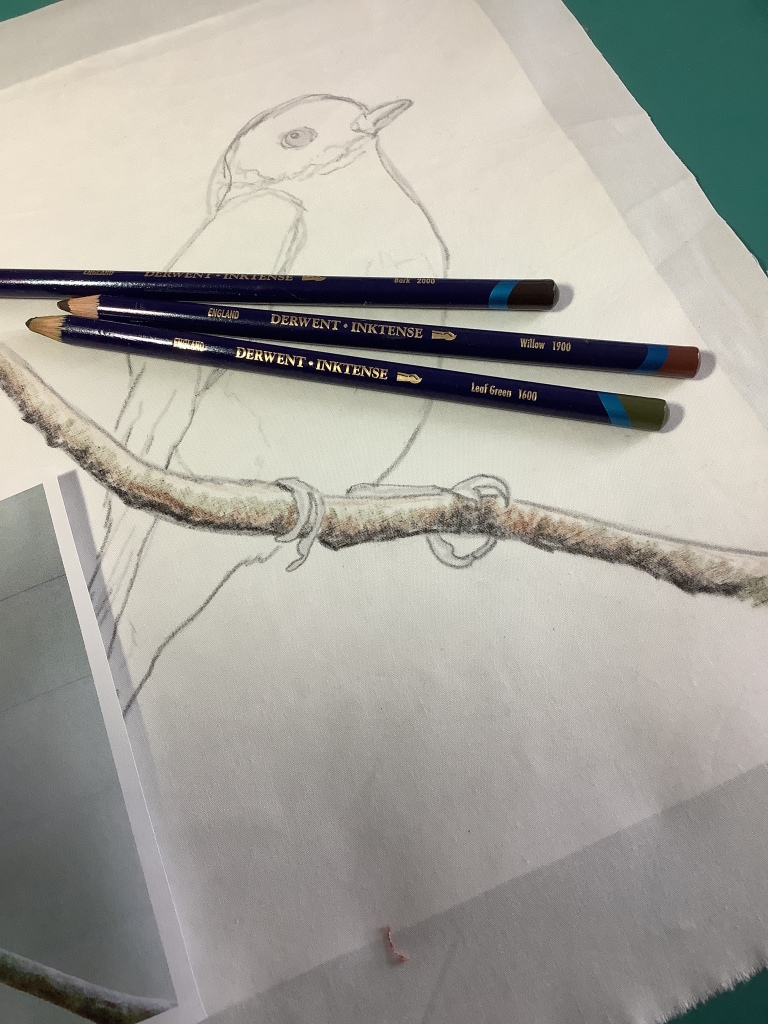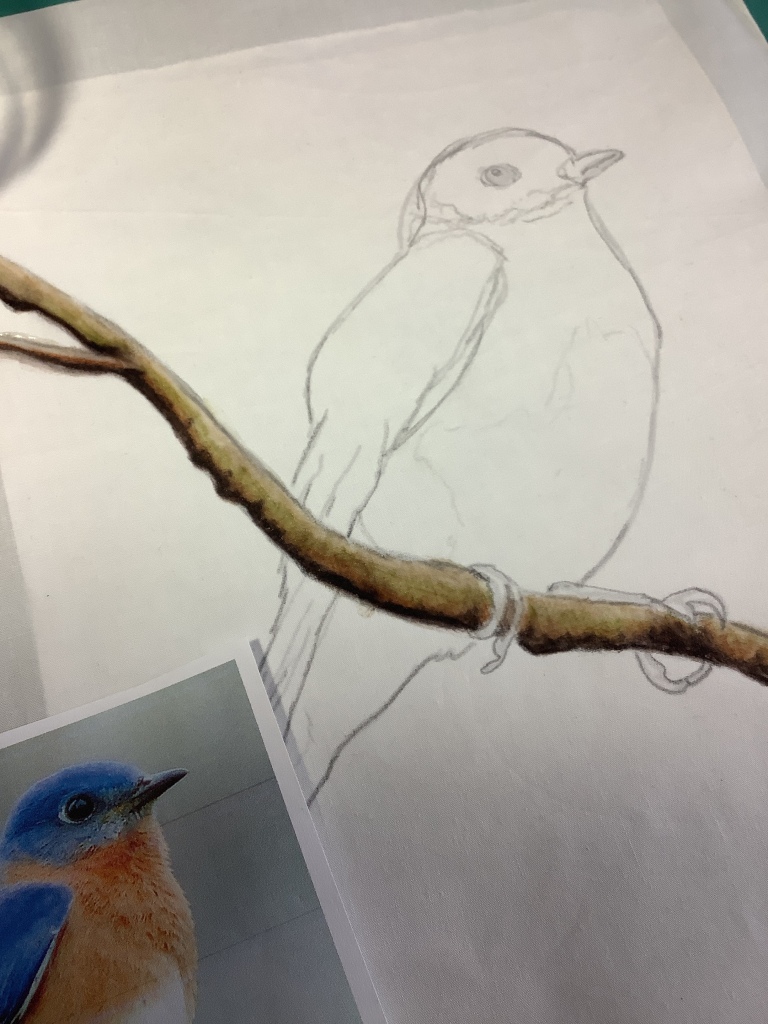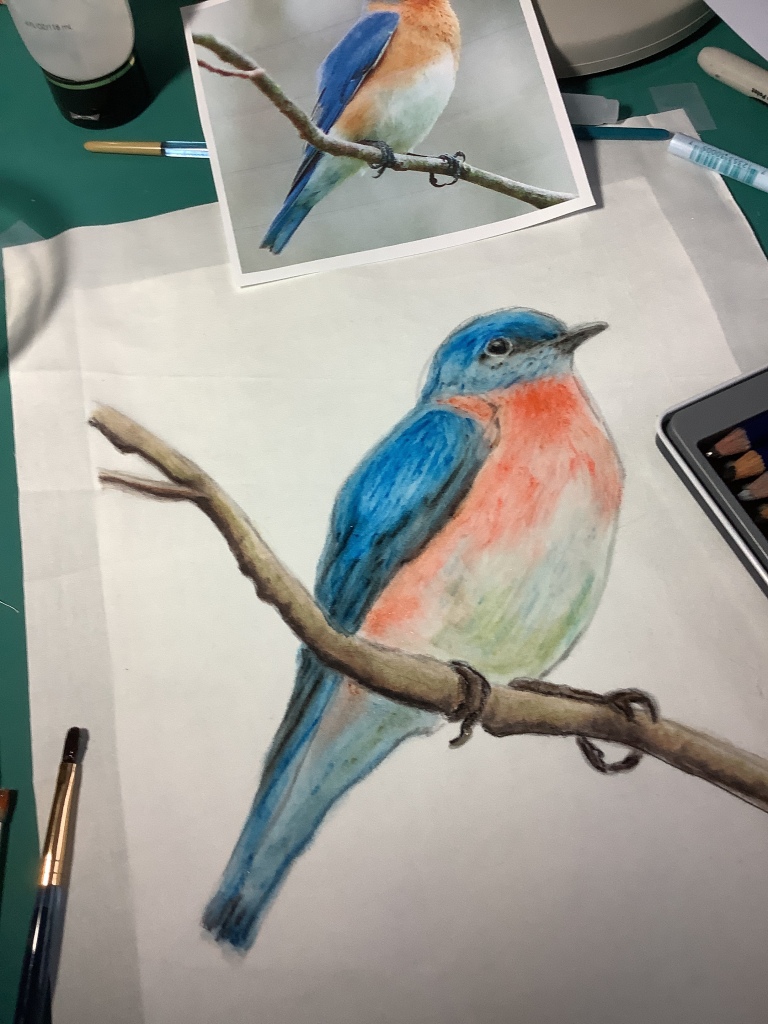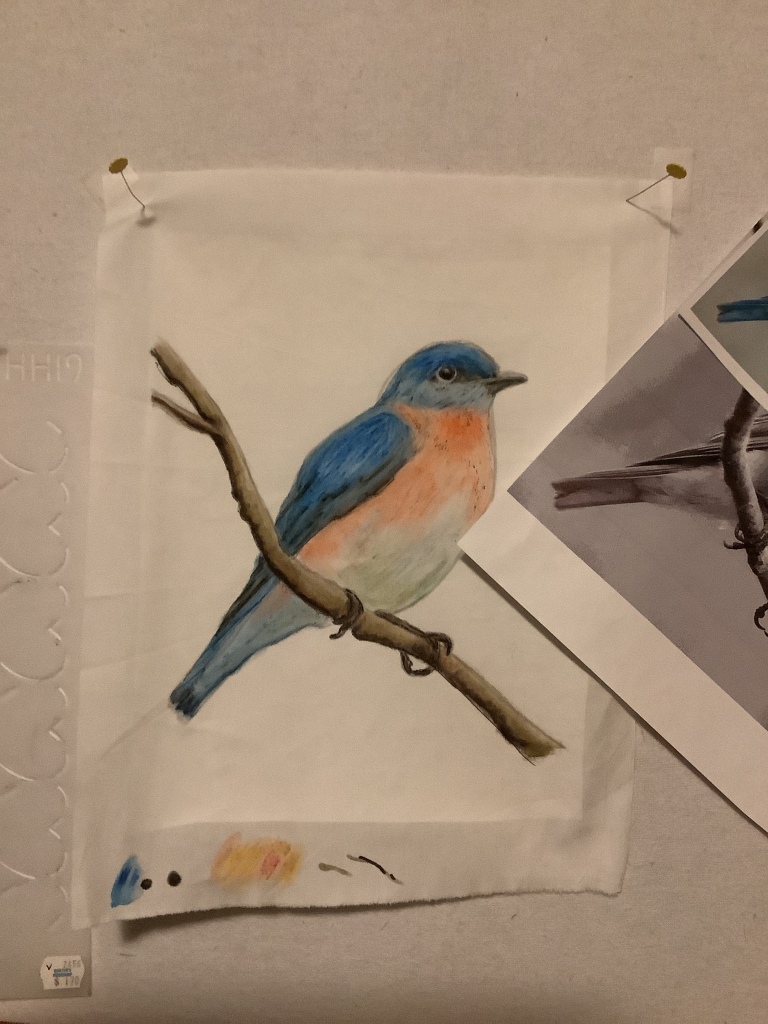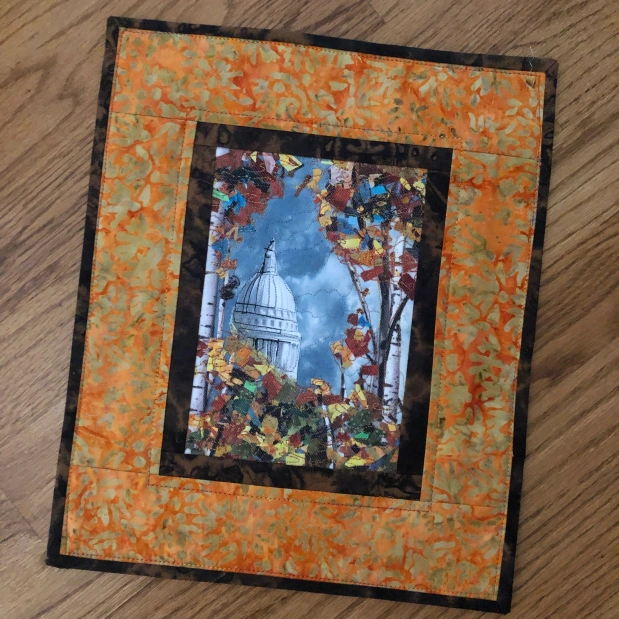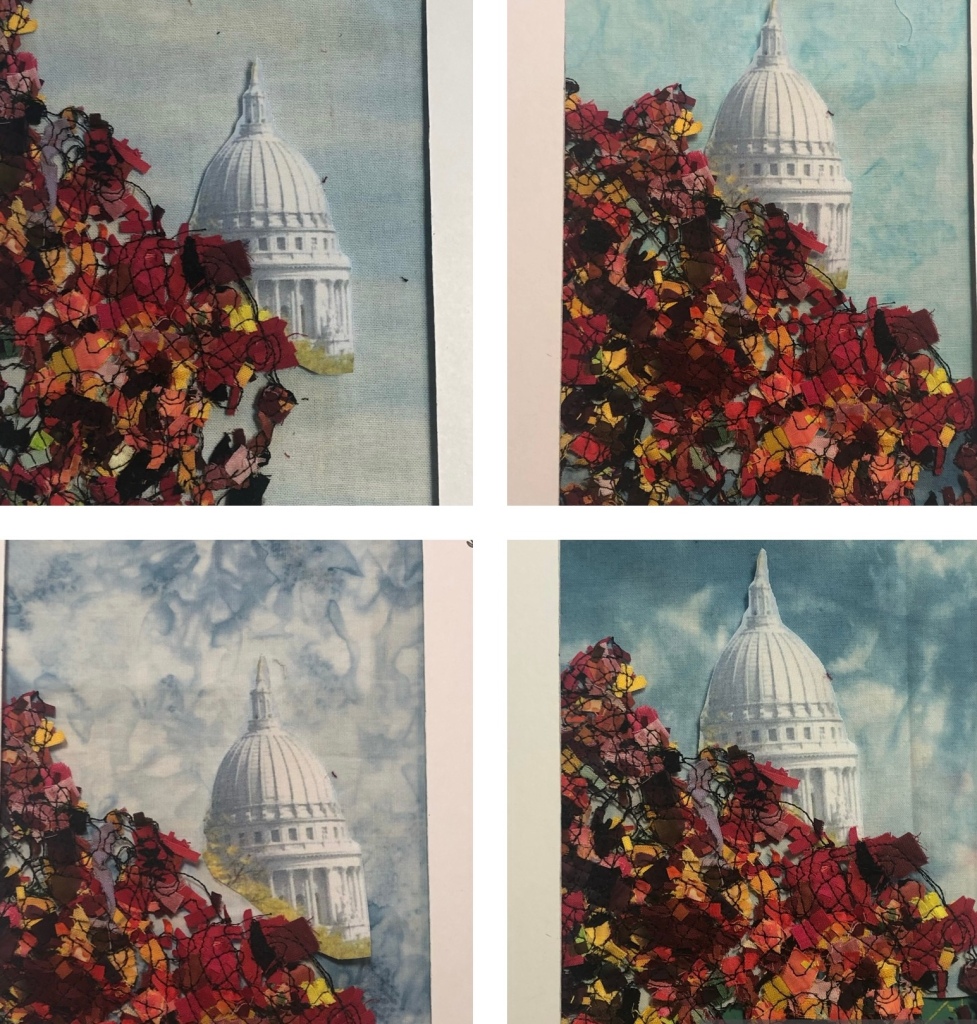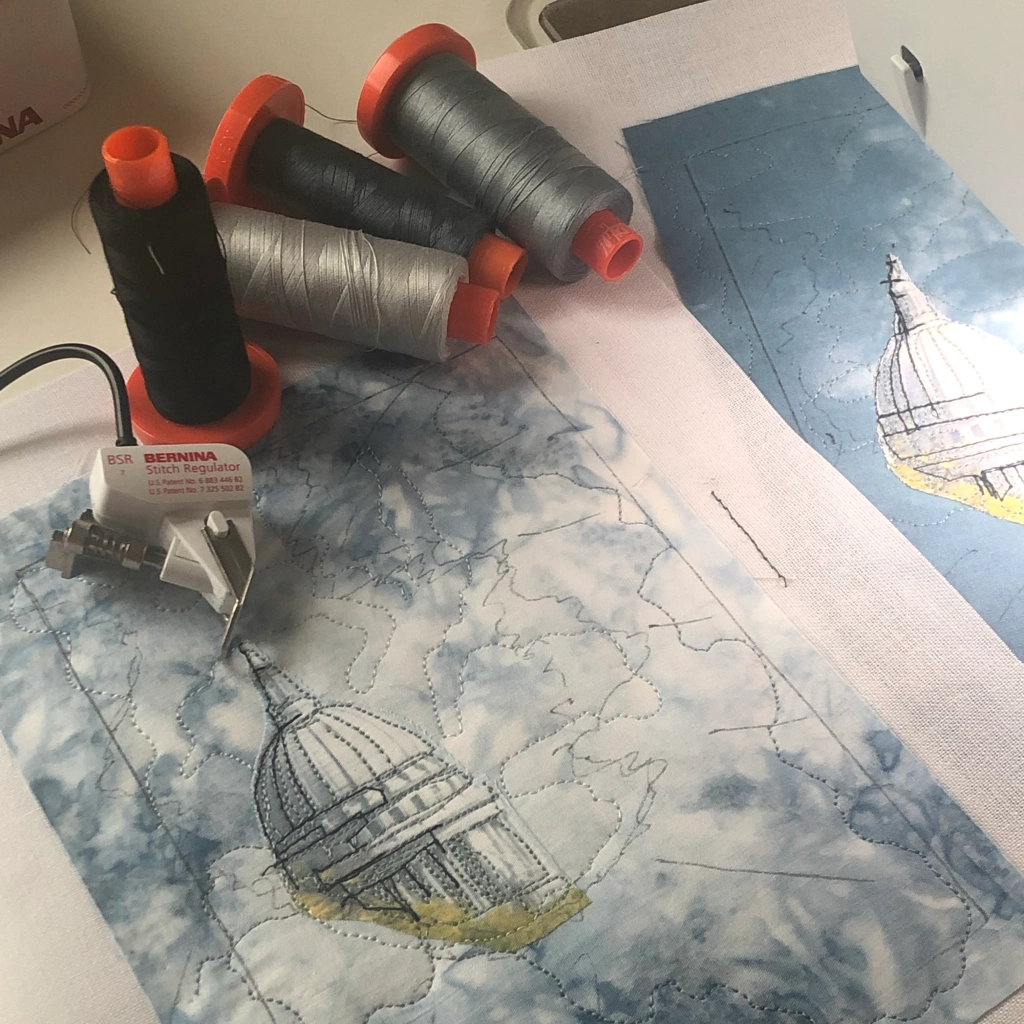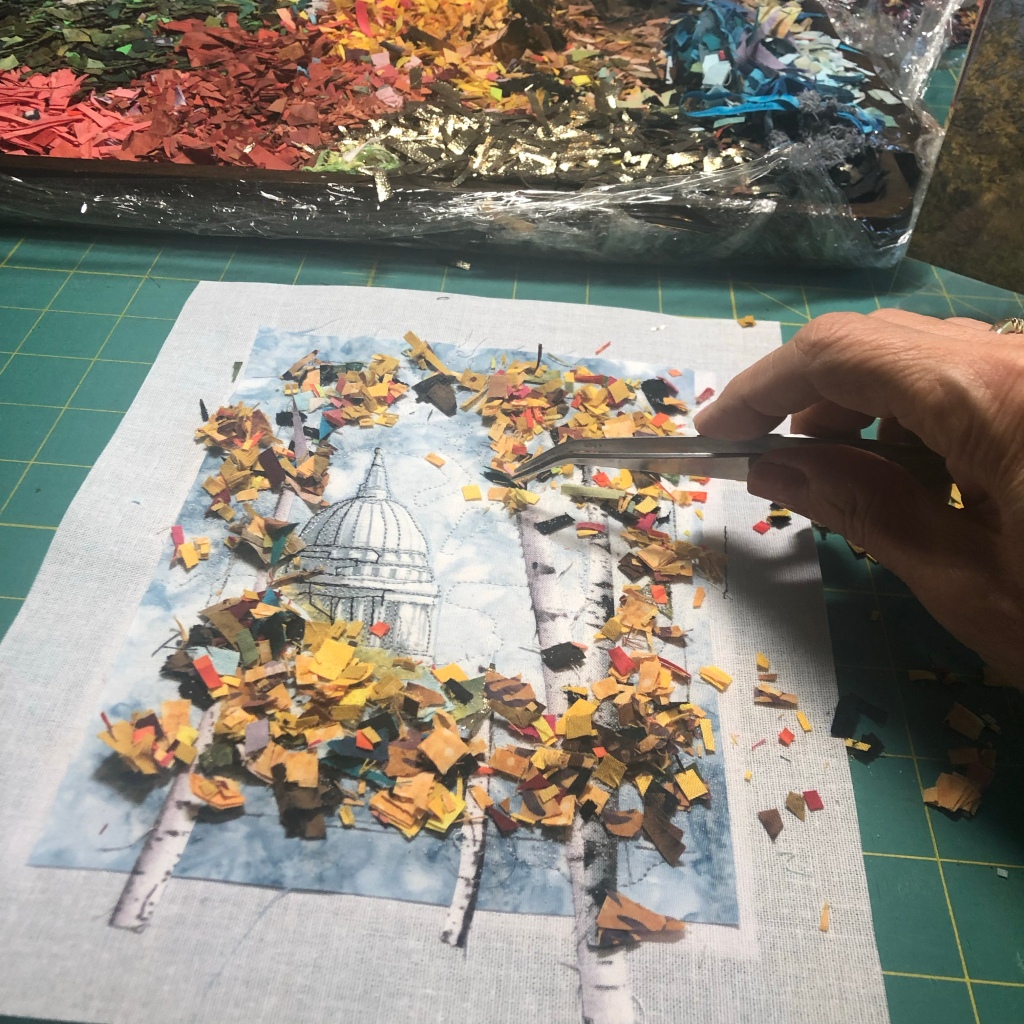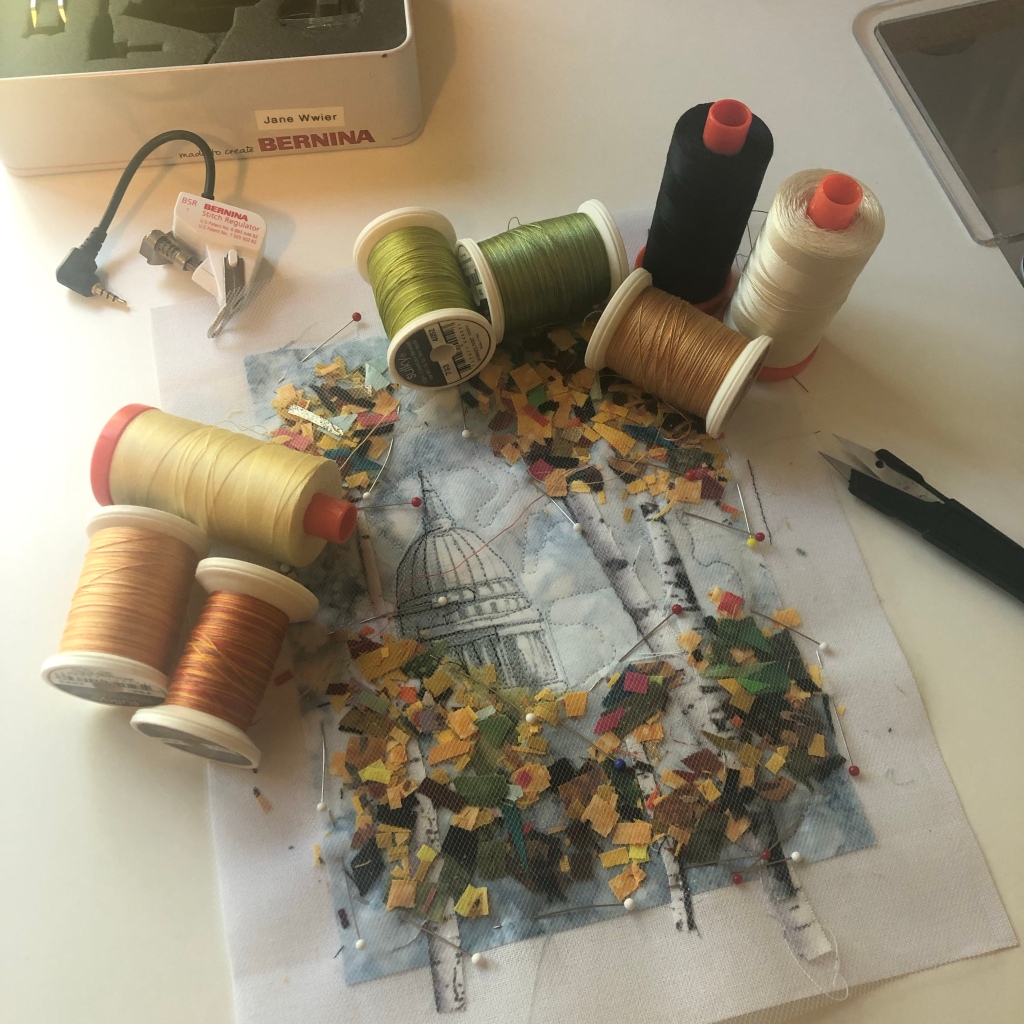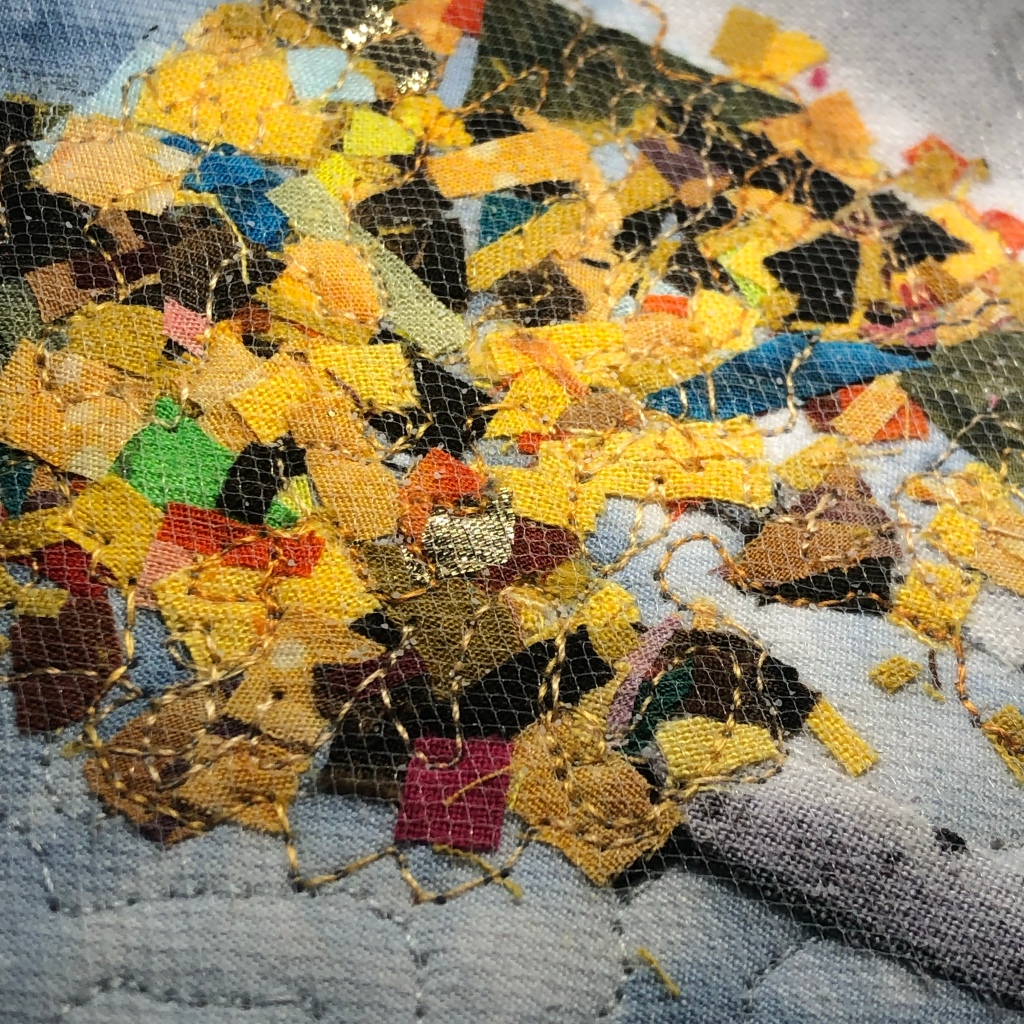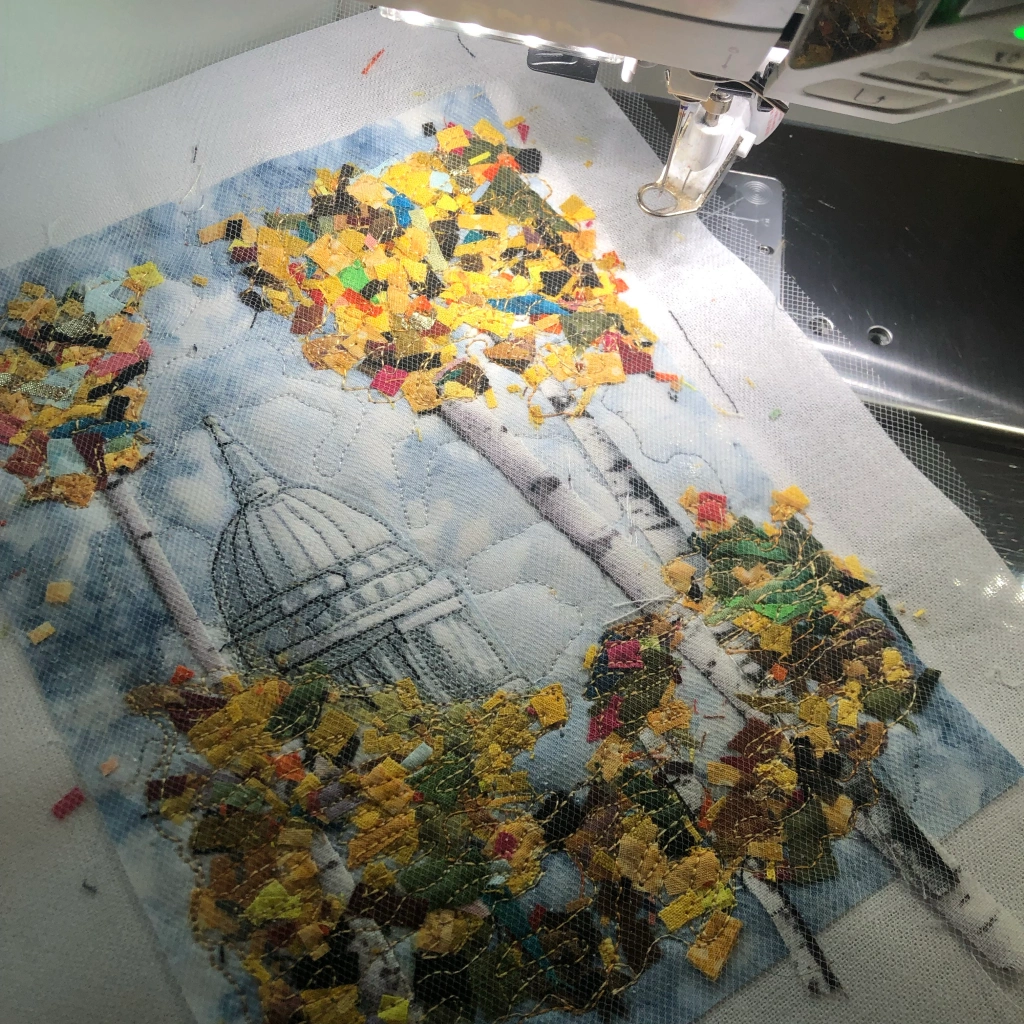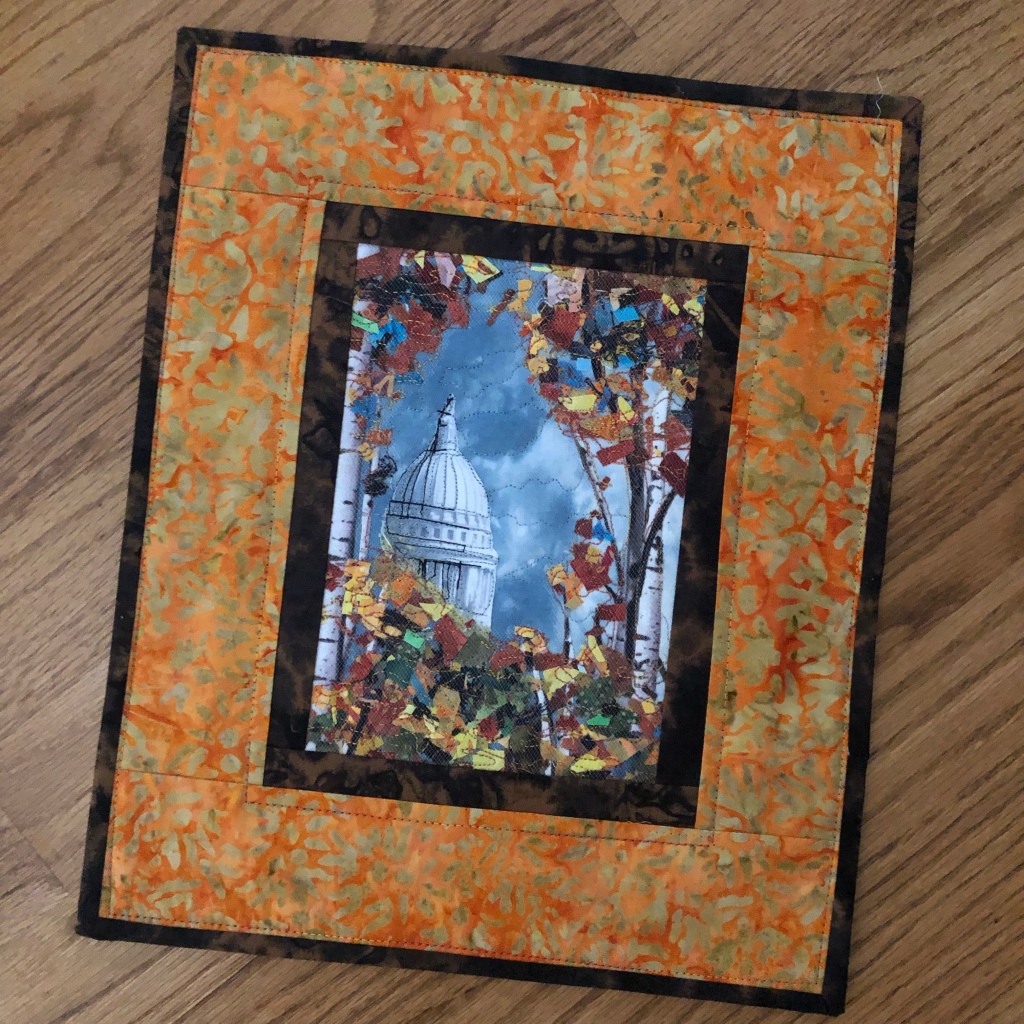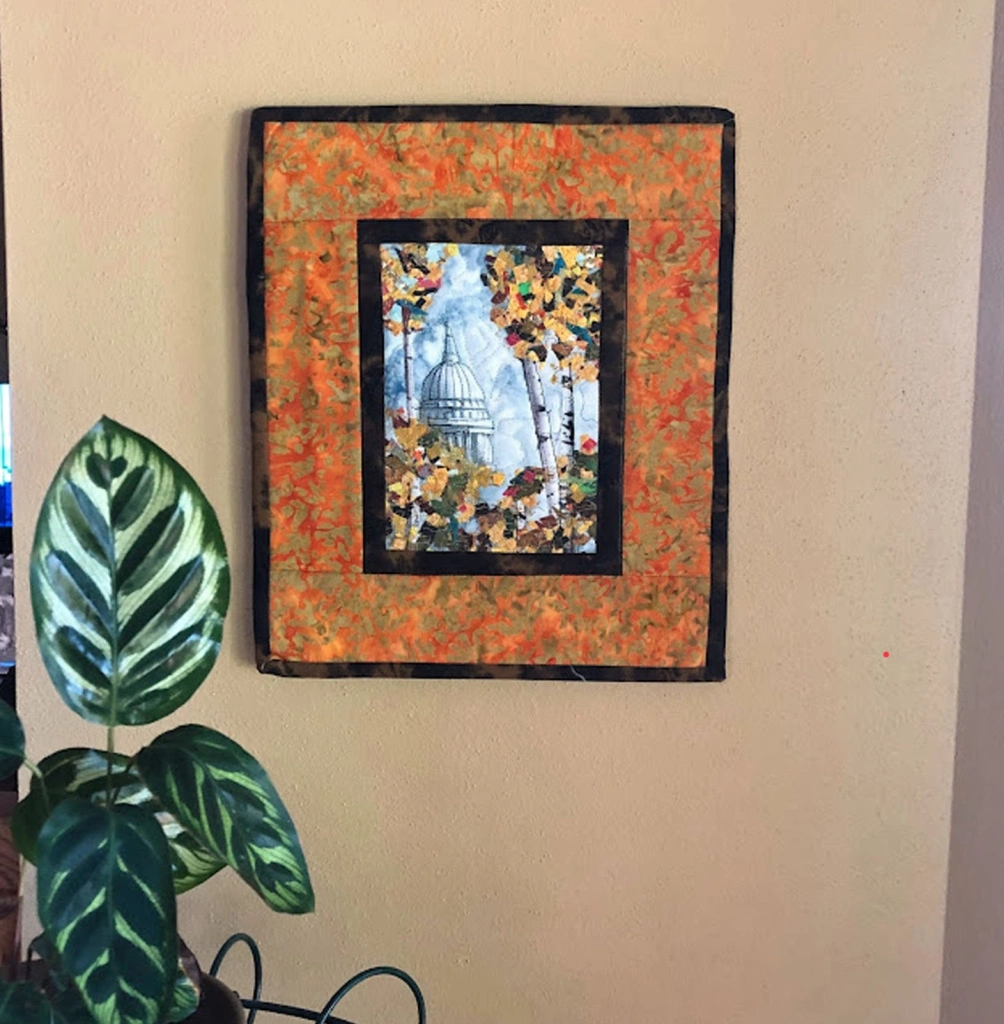Mikayla’s Grace is a wonderful charity in my area of Wisconsin that supports families with a baby in the NICU (neonatal ICU) and those who experience the death of a child or pregnancy loss at hospitals in the Dane County area.
Crafters from all over make beautiful handmade baby items that they sew, knit or crochet and send to Mikayla’s Grace — from gowns, hats, and booties, to baby blankets and quilts. Several times a year volunteers meet to assemble these donations into care packages and deliver them to local hospitals to distribute.
Melissa recently sent out an email asking for several handmade items that are needed for their next assembly day this June, including a special need for larger “newborn-size” blankets and quilts (from 22 to 30 inches square).
I’ve been thinking about devoting a few days to make some of these quilts to donate, and when I saw that this week’s Project Quilting Challenge was “Irish Chain” it was a perfect opportunity to join in on the challenge AND make the charity quilts. I have some pink cotton fabrics —charms, jelly rolls, layer cakes, and squares — left over from other projects. And found some pink flannel for the backing.
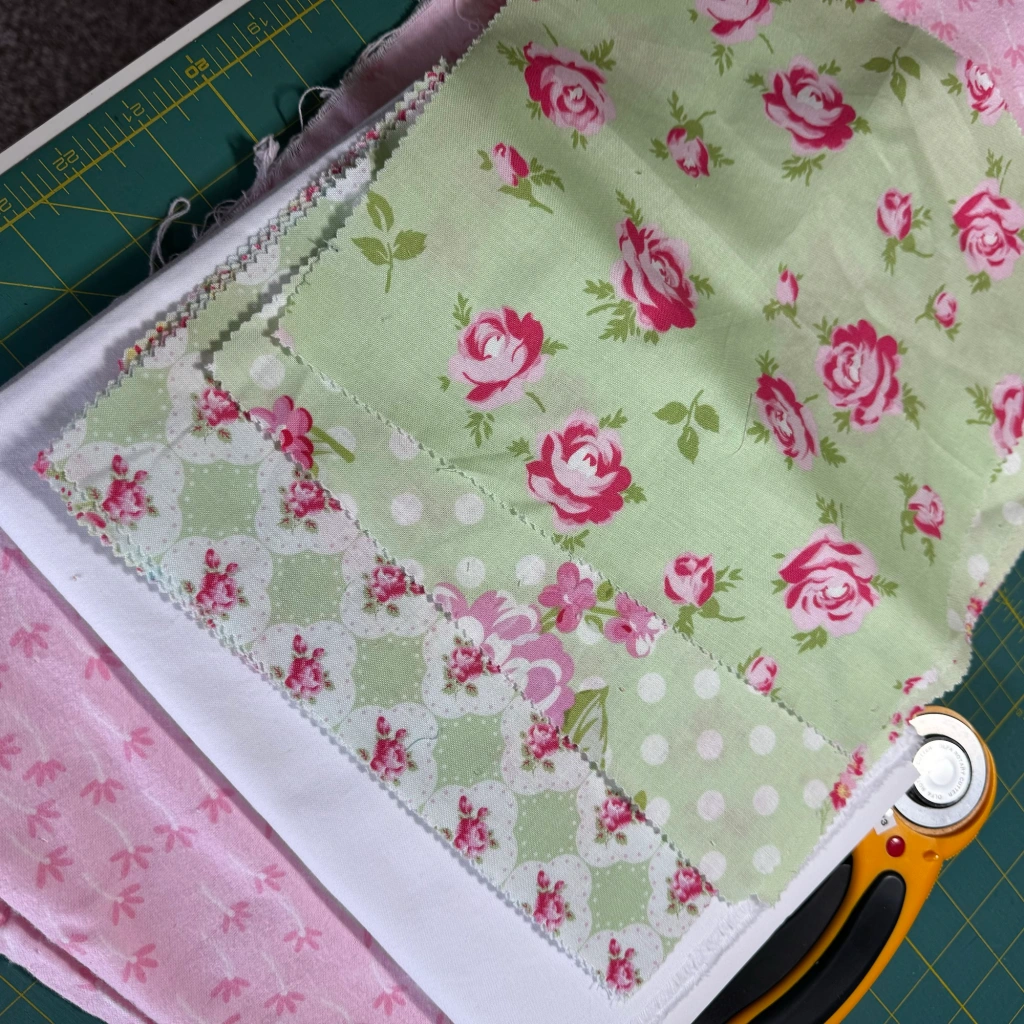
My first step was to pull fabrics from my stash that go together. For this little quilt, I found a few left-over layer cake squares with some other yardage.
Layer cakes aren’t ideal for strip quilting the sets for the single Irish chain, but I come from a frugal generation, and wanted to use up what I had. I was able to cut enough fabric to make the strip sets for two quilts. I drafted a quick little pattern on my Electric Quilt (EQ8) software to get an idea of how much background and border fabrics I needed and to make sure it ended up the right size.

The strips were cut 2-1/2” wide (the length of the layer cake) and sewn together in strip sets of three fabrics each (see photo). I pressed each seam towards the floral fabric.
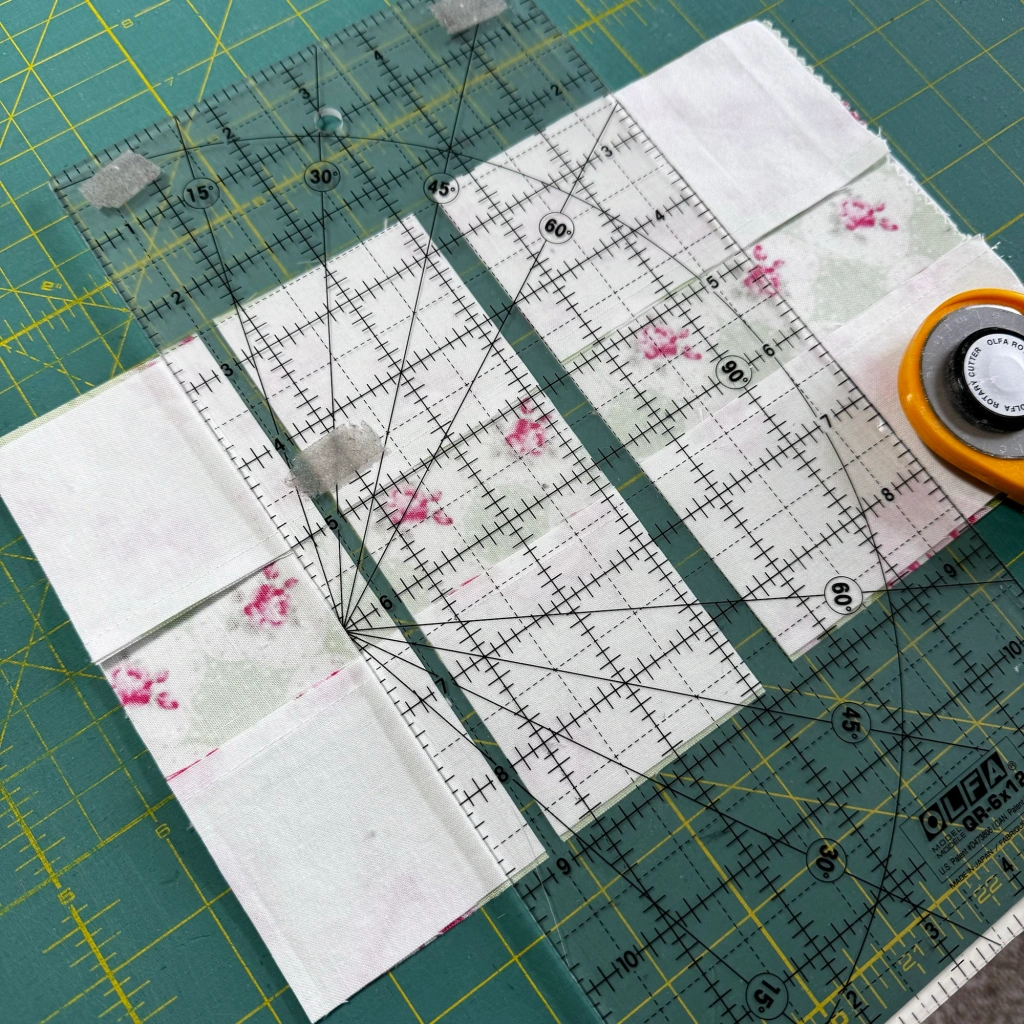
Next, I sub-cut the strip sets 2-1/2” wide and then sewed them together into 9-patches (see photos).

You can see through my window that we’re having a snowstorm today, so it’s the perfect day to be in the sewing room!
The hardest part is finding enough scraps in my stash to coordinate and make two matching NICU quilts. I found just enough of a matching fabric print for a thin border & corner blocks, and just enough leftover green “bee print” to make them…yay! (cause I’m not going out inbthe snow to buy more!)

I’m happy with the pieced top. It turned out to be 25×25 inches. All that’s left is to quilt it and make a second one just like it!
I’m entering this photo in the Project Quilting challenge before I do.
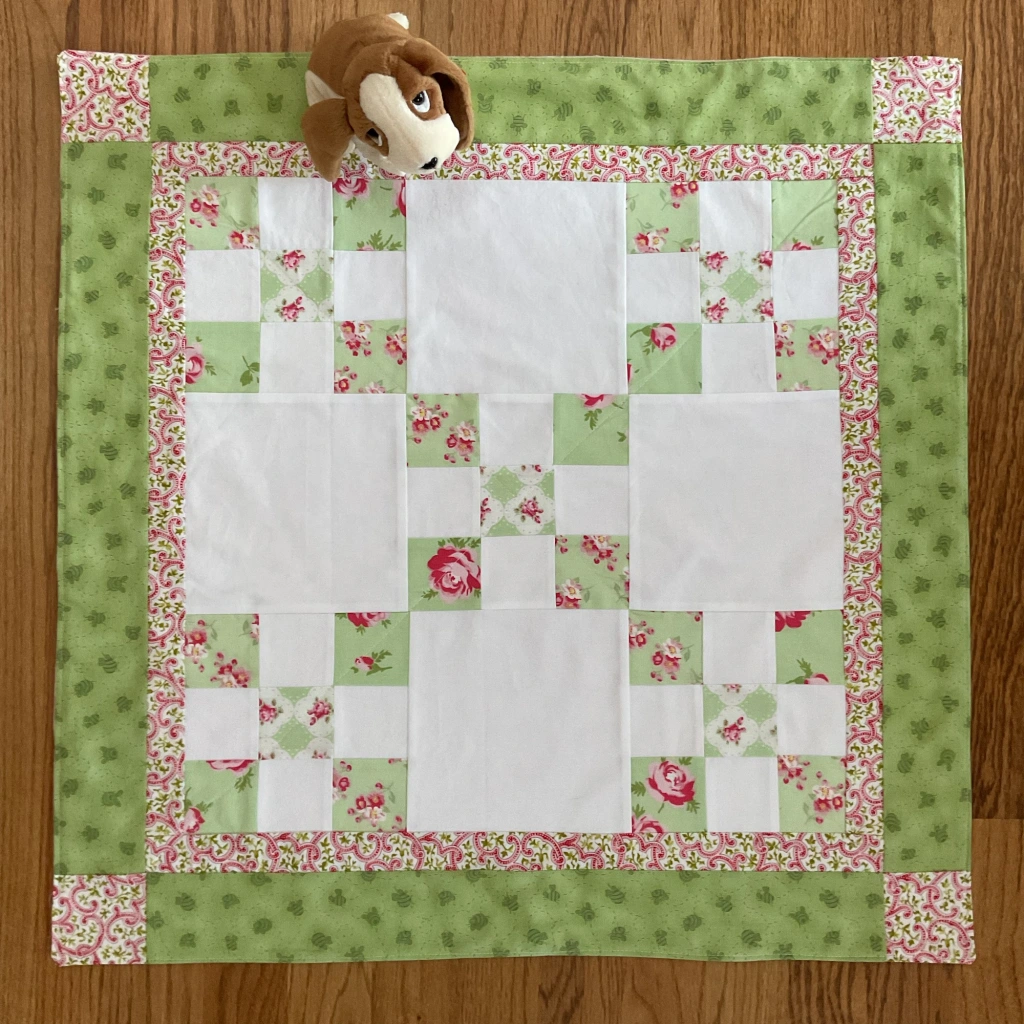
Simple, fairly quick, and I hope they’ll be a blessing snd encouragement to a family and their new little one in the NICU. I know I’ll be praying for the recipients of each one.

I hope this encourages you to dig in your stash and make a quilt for your favorite charity!
Until next time, HAPPY QUILTING❣️

